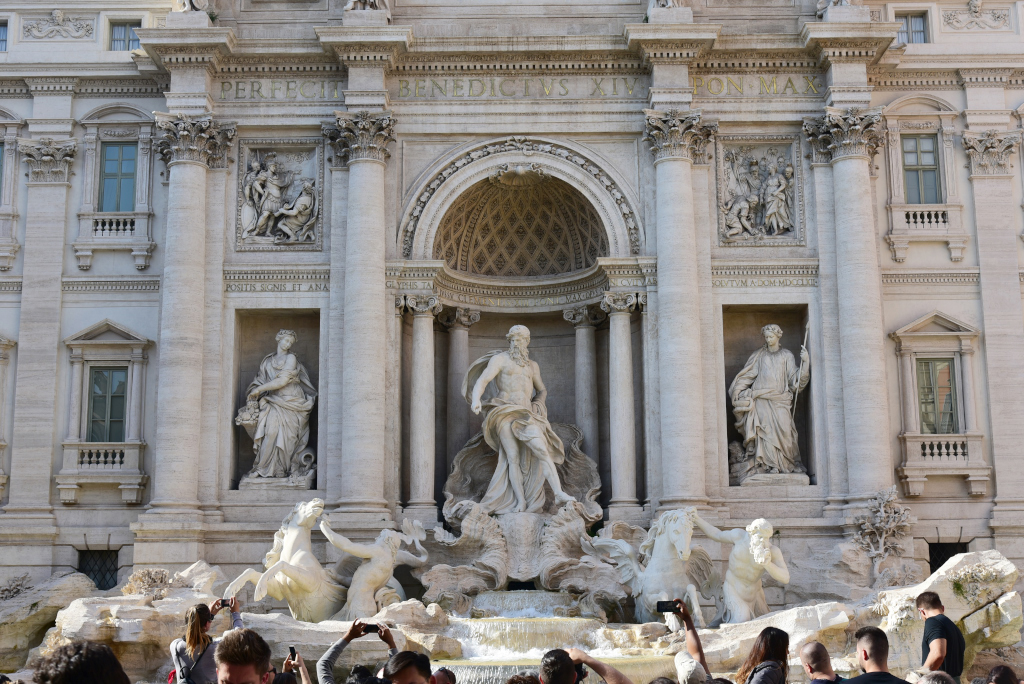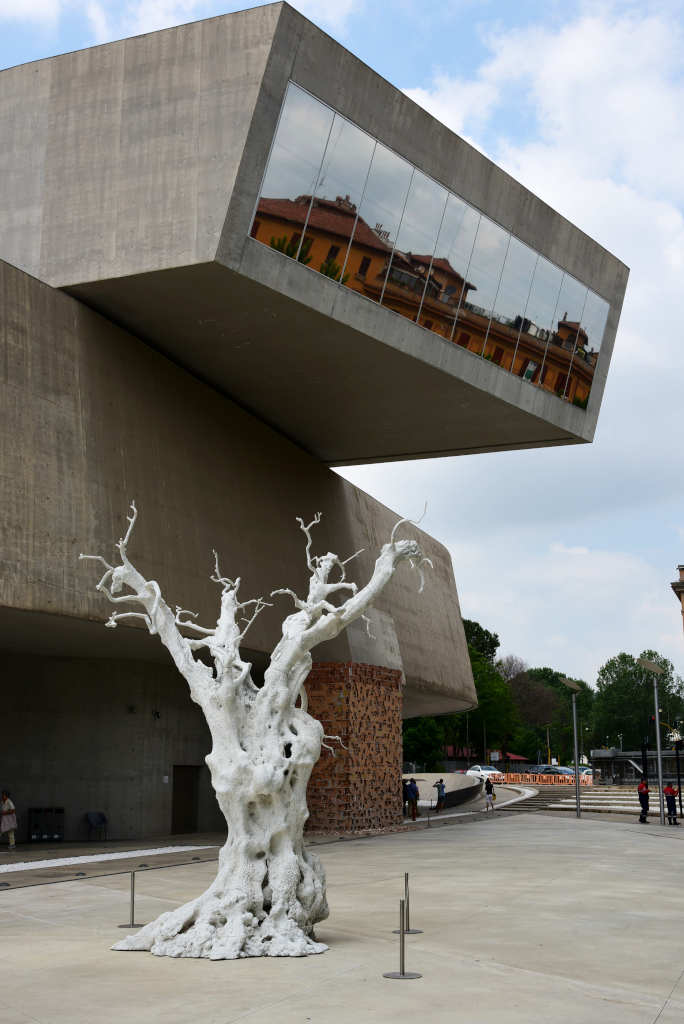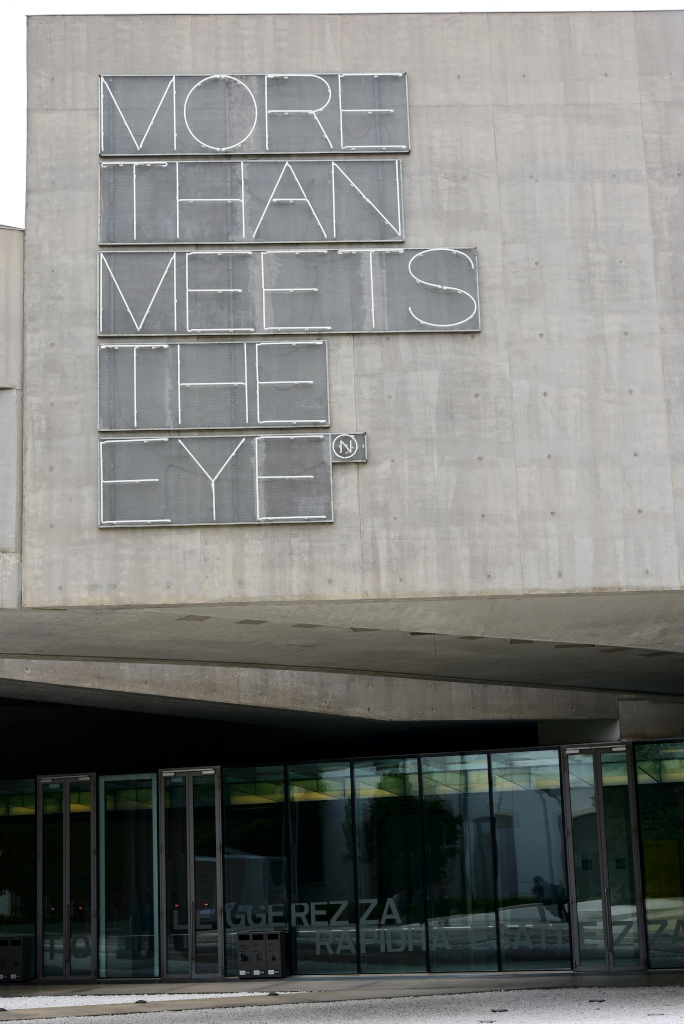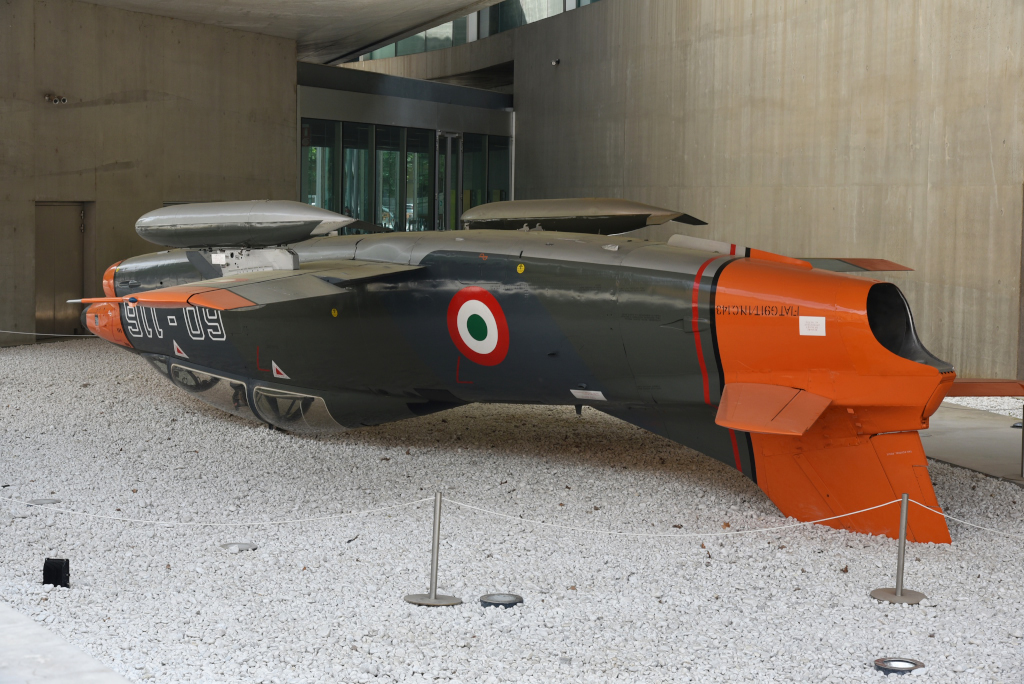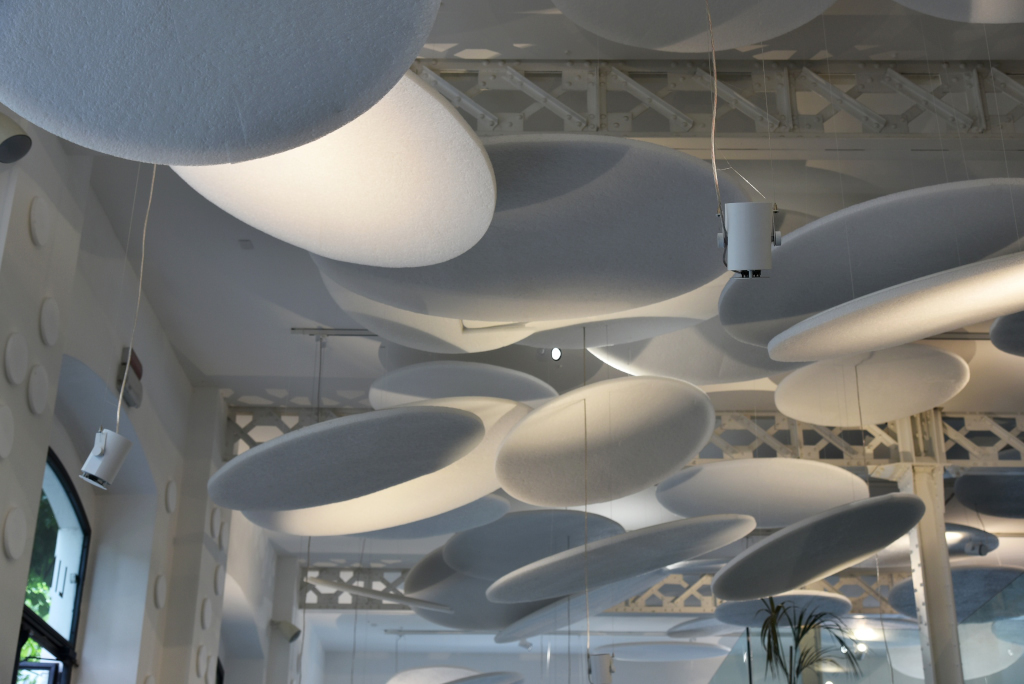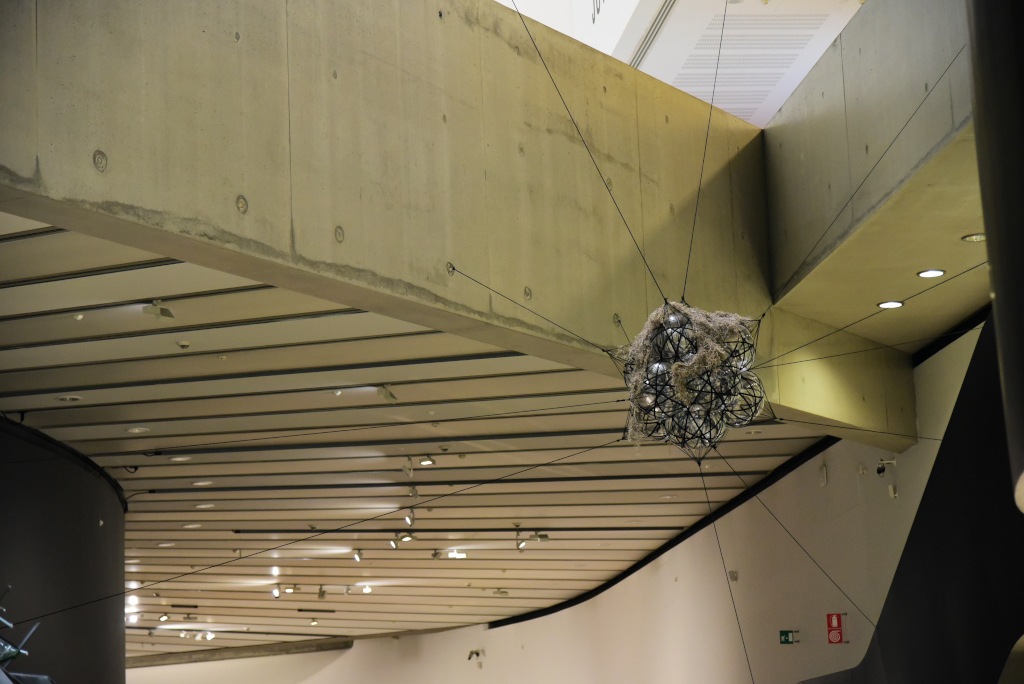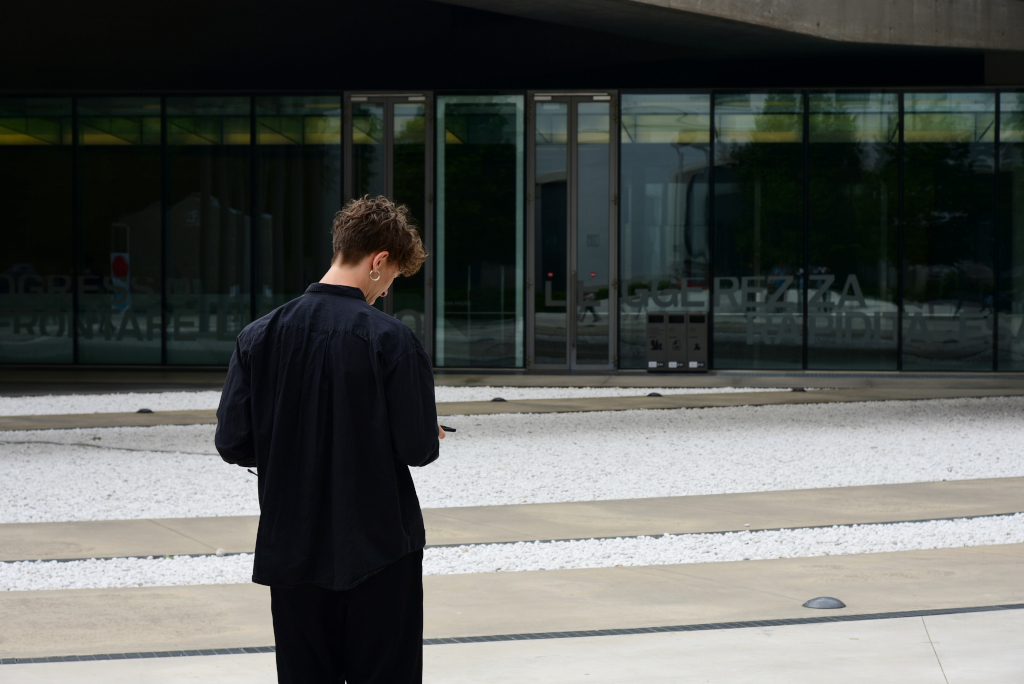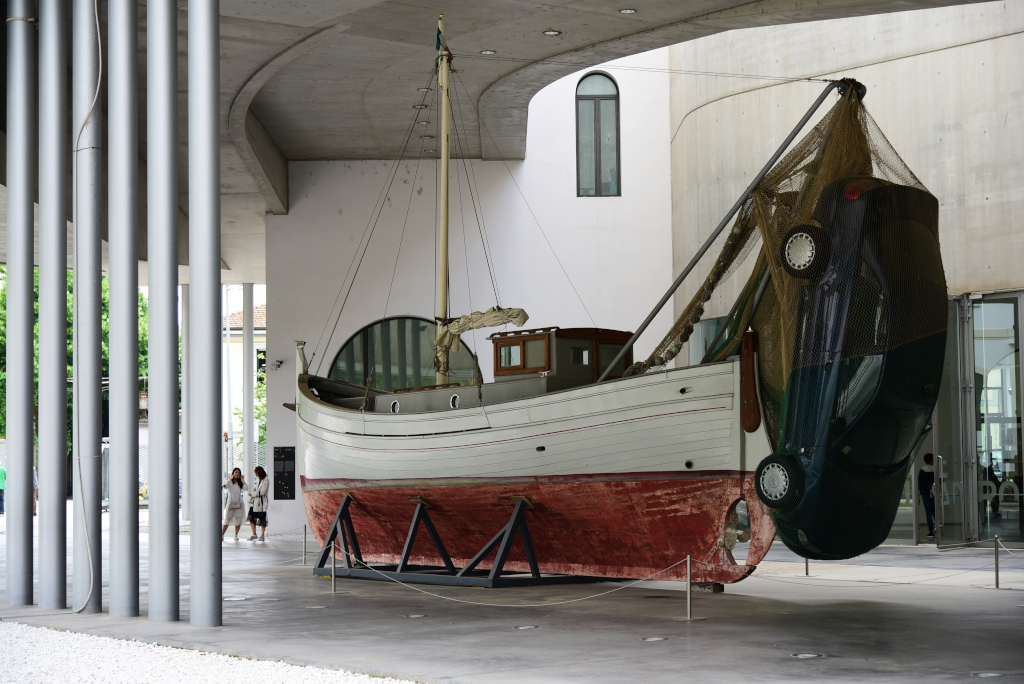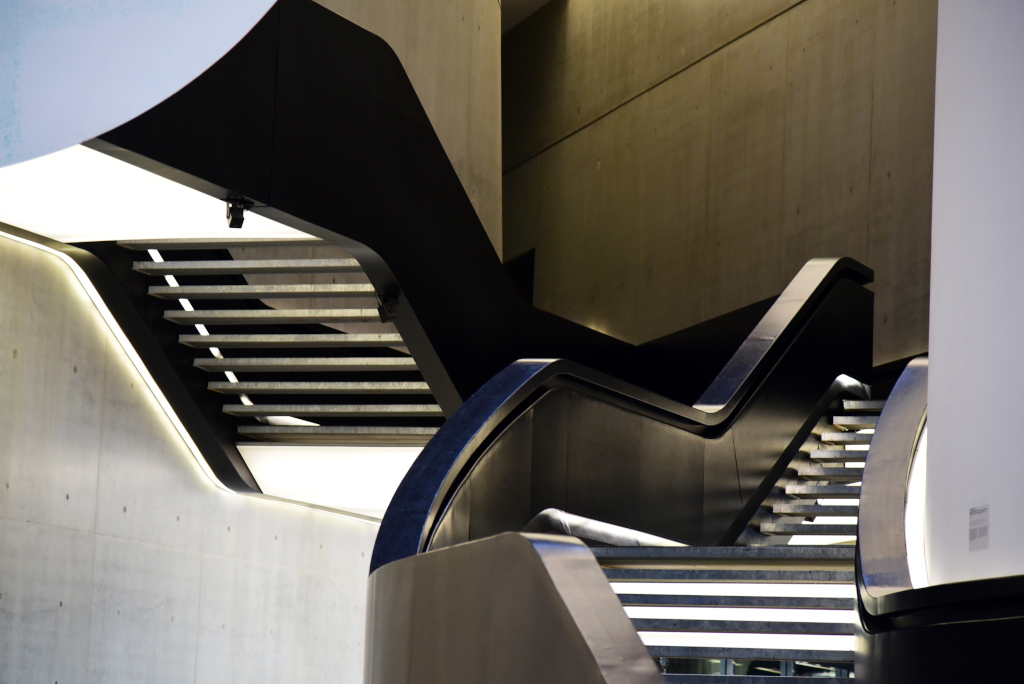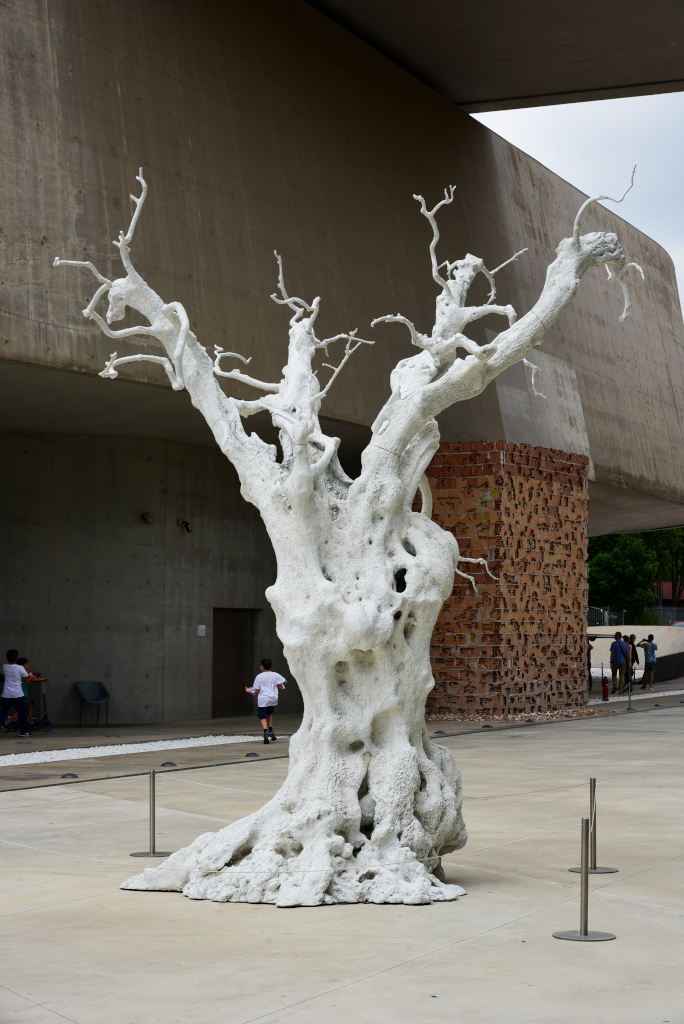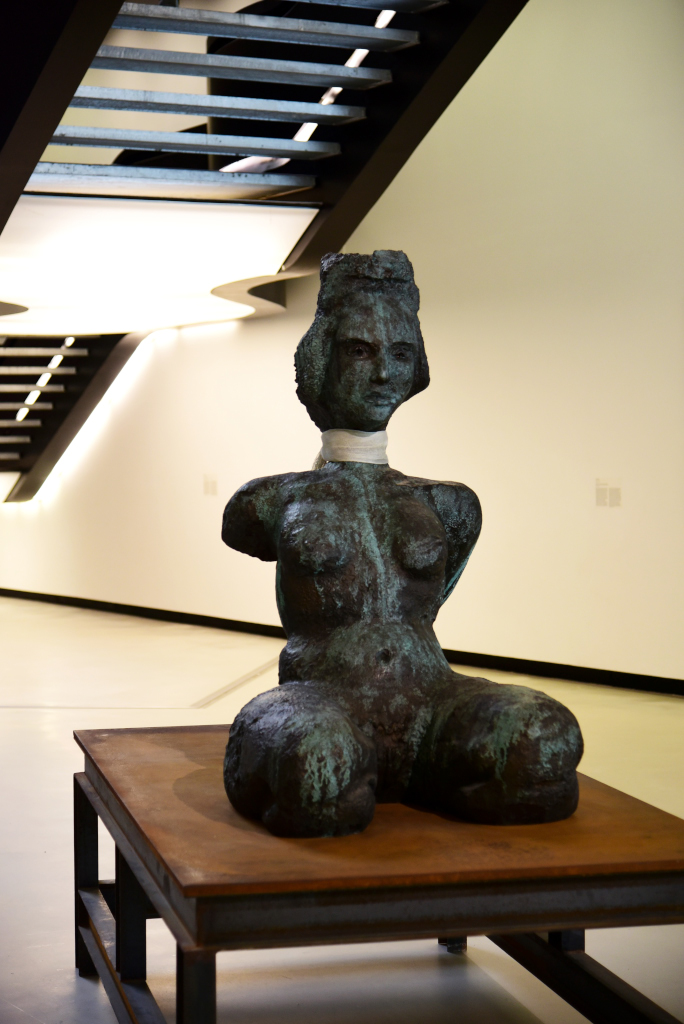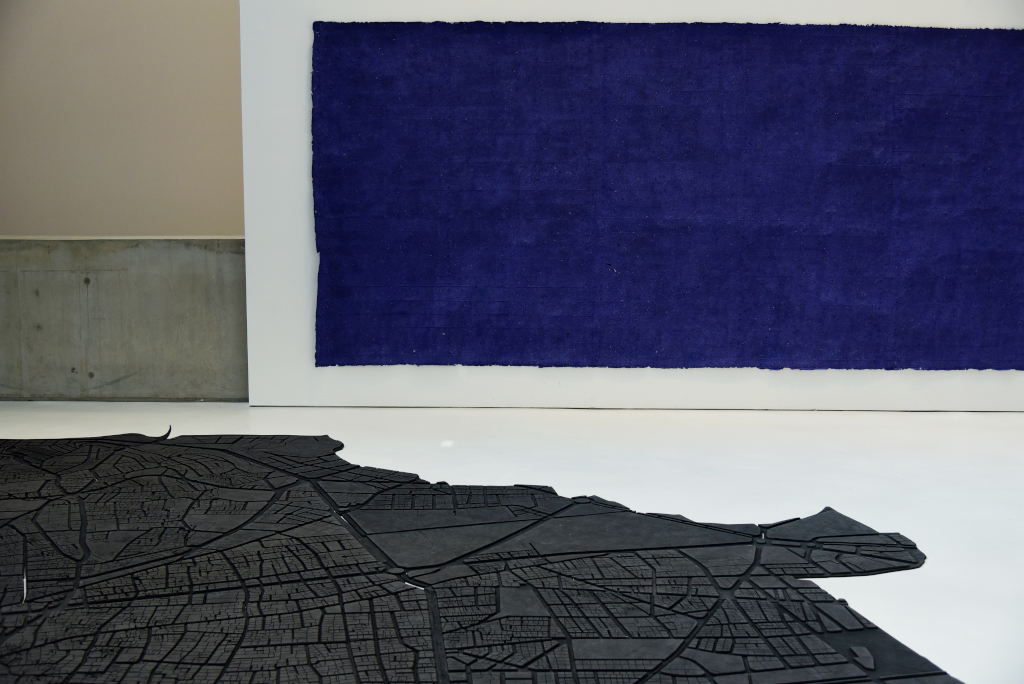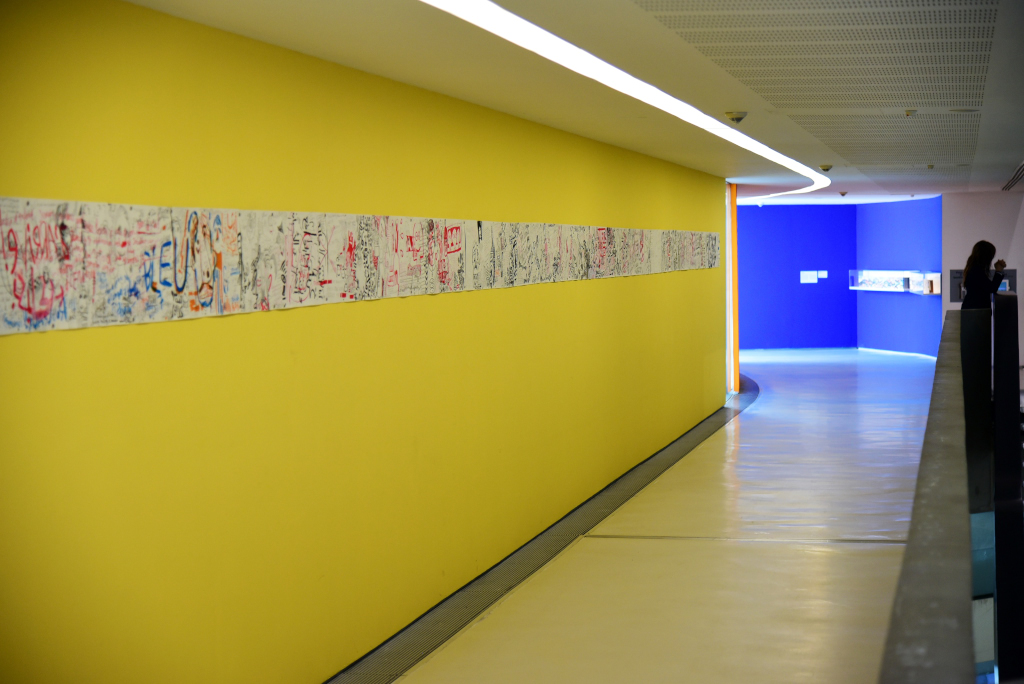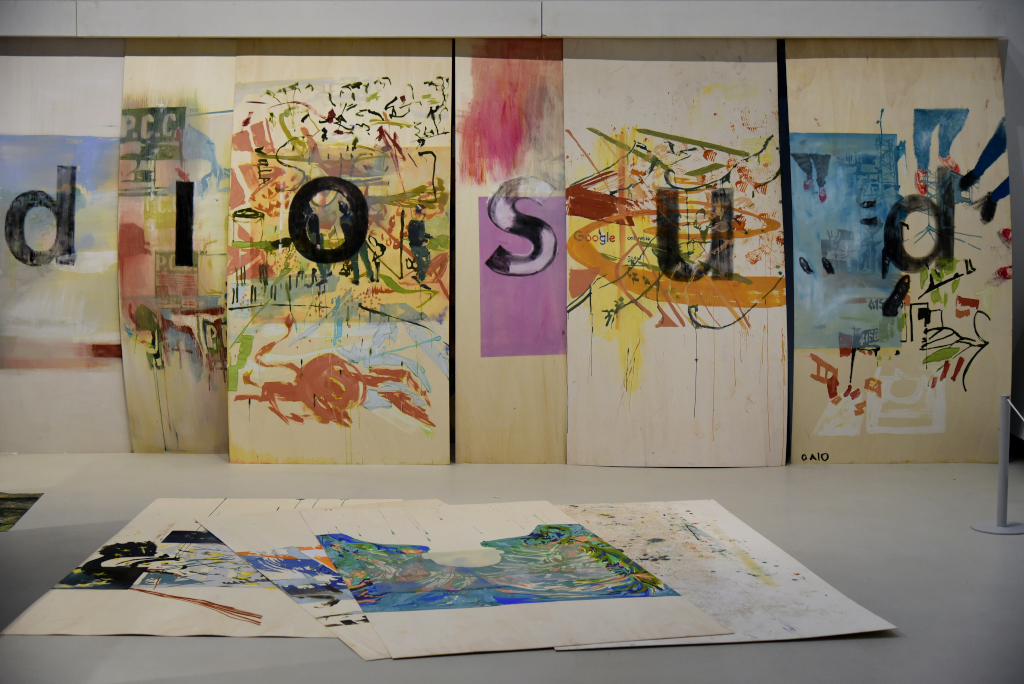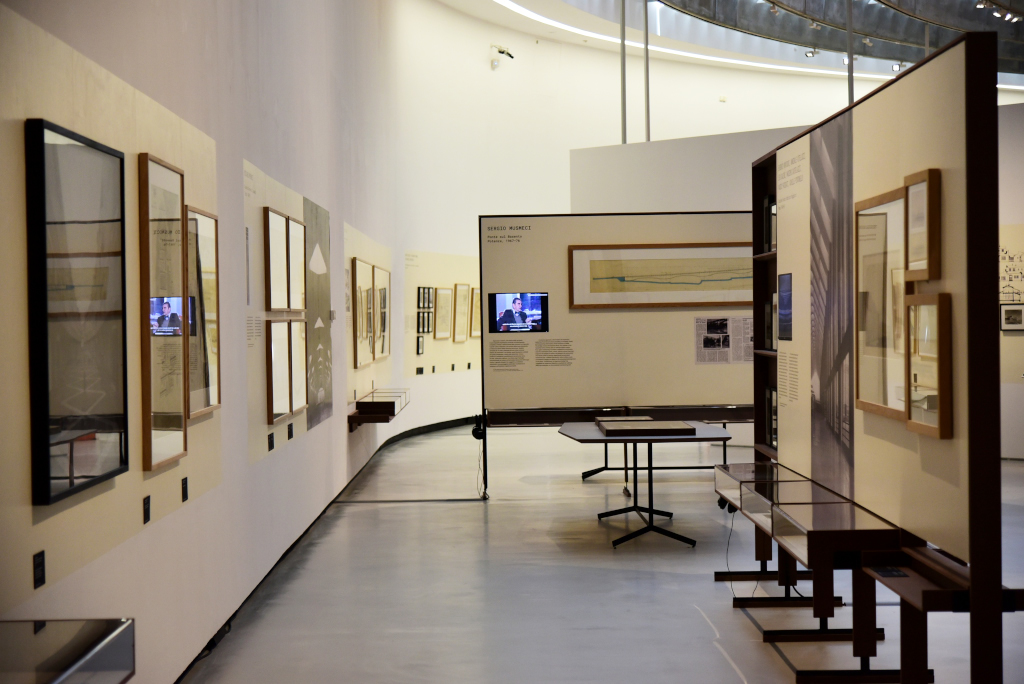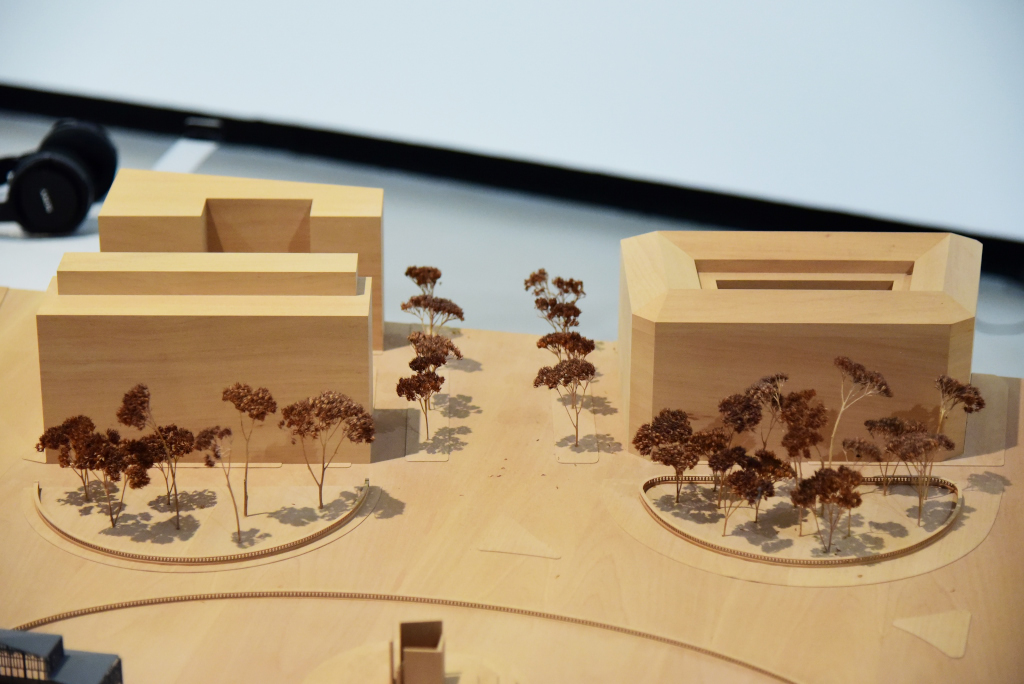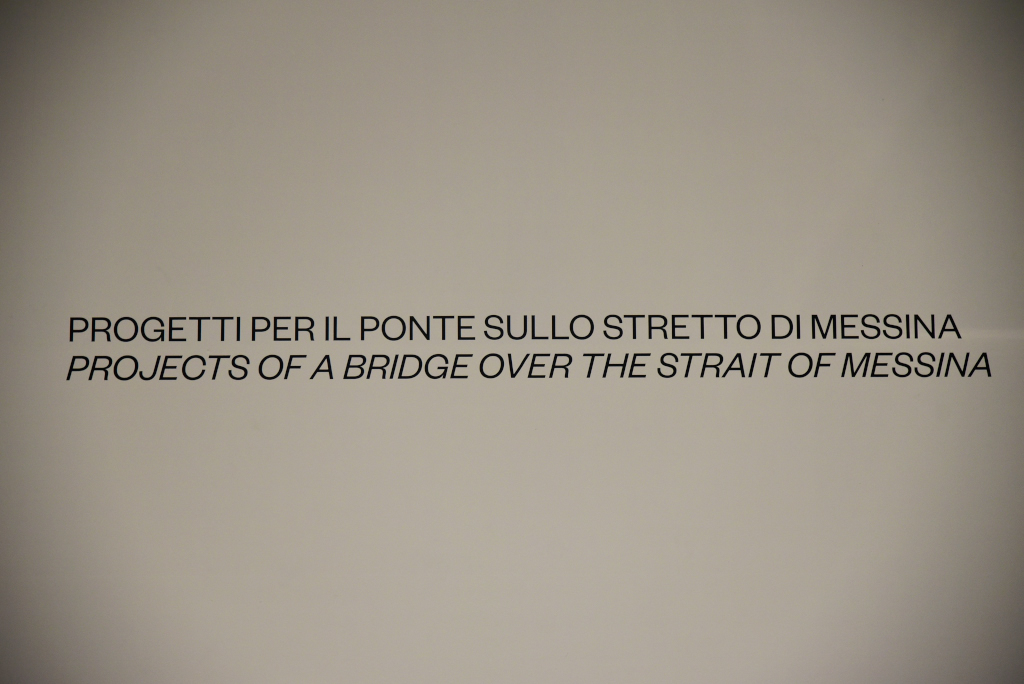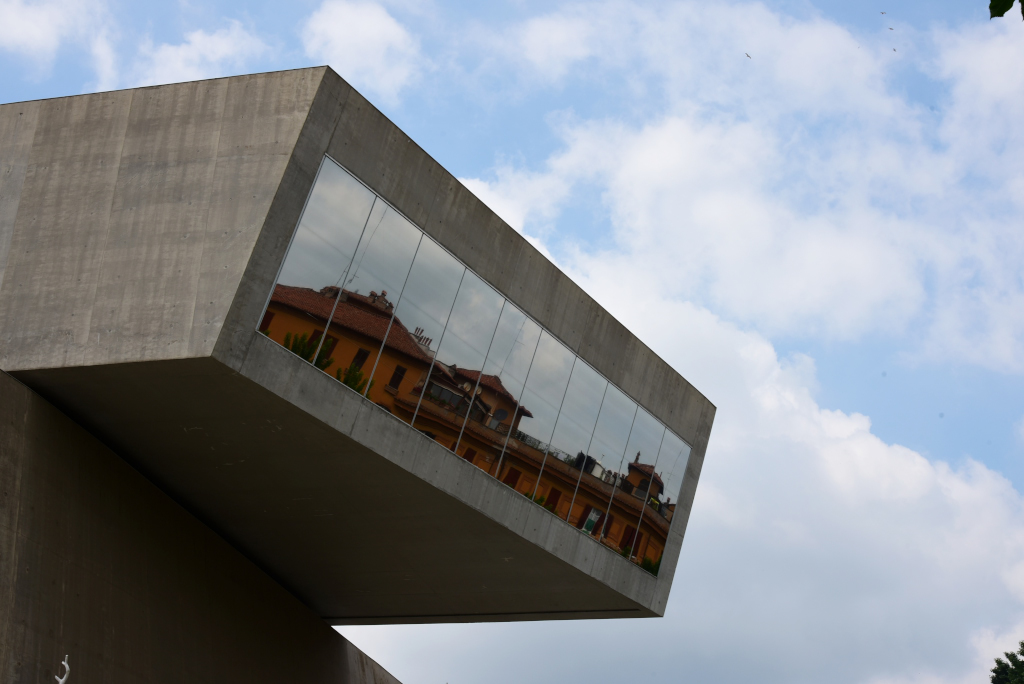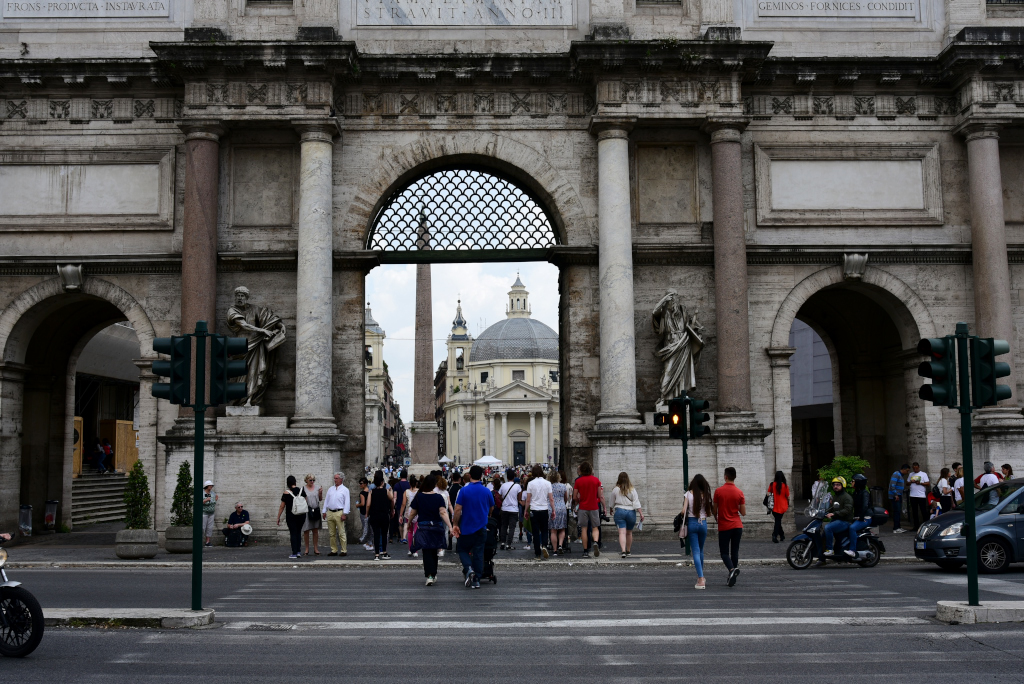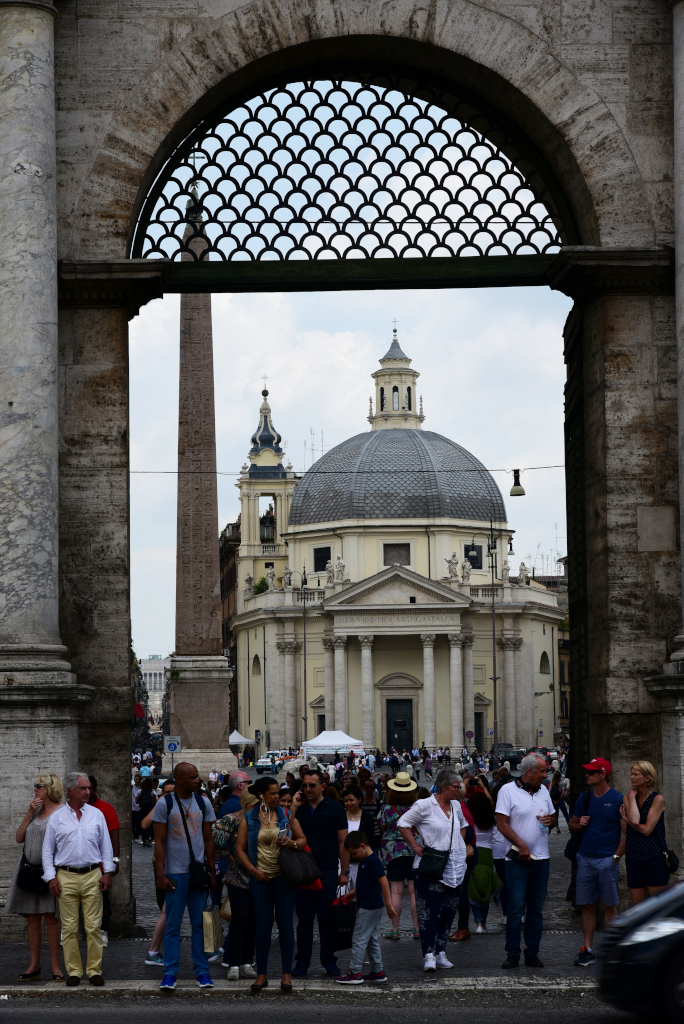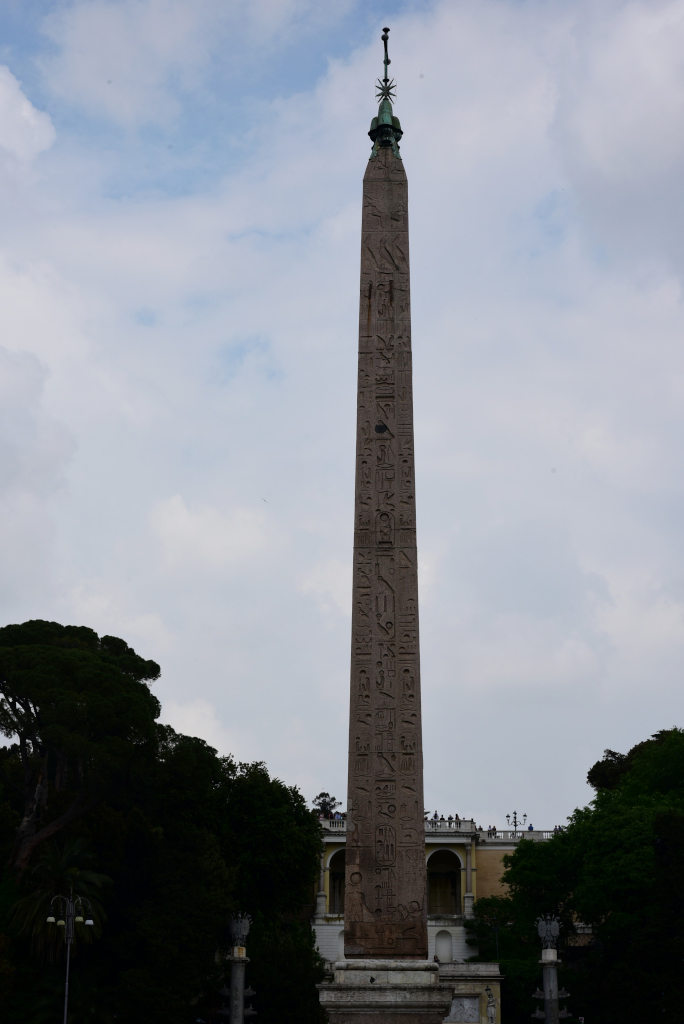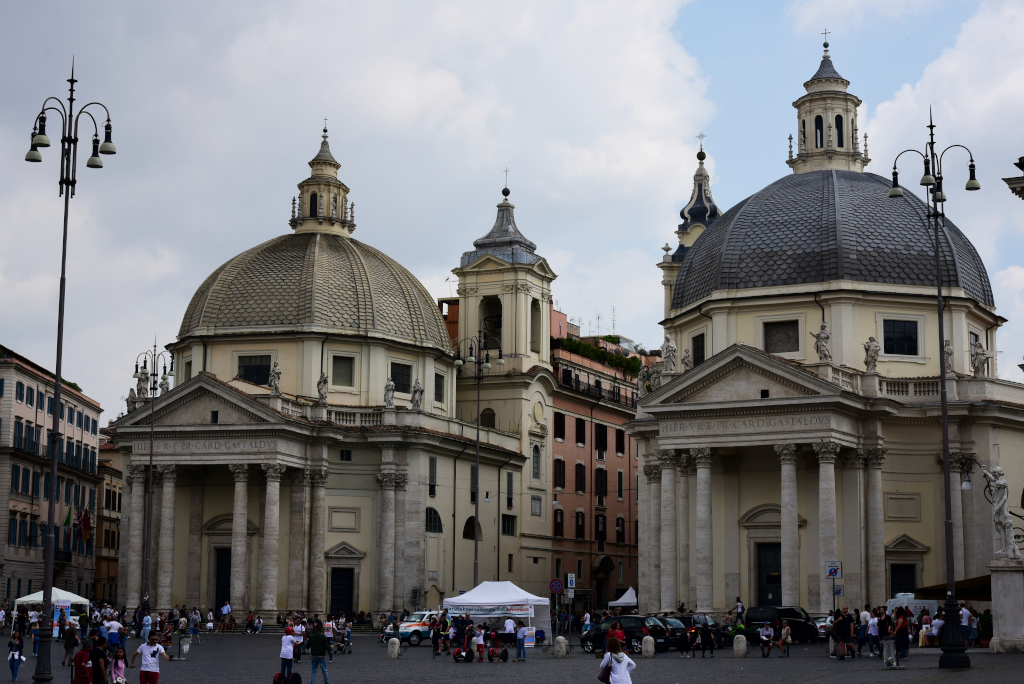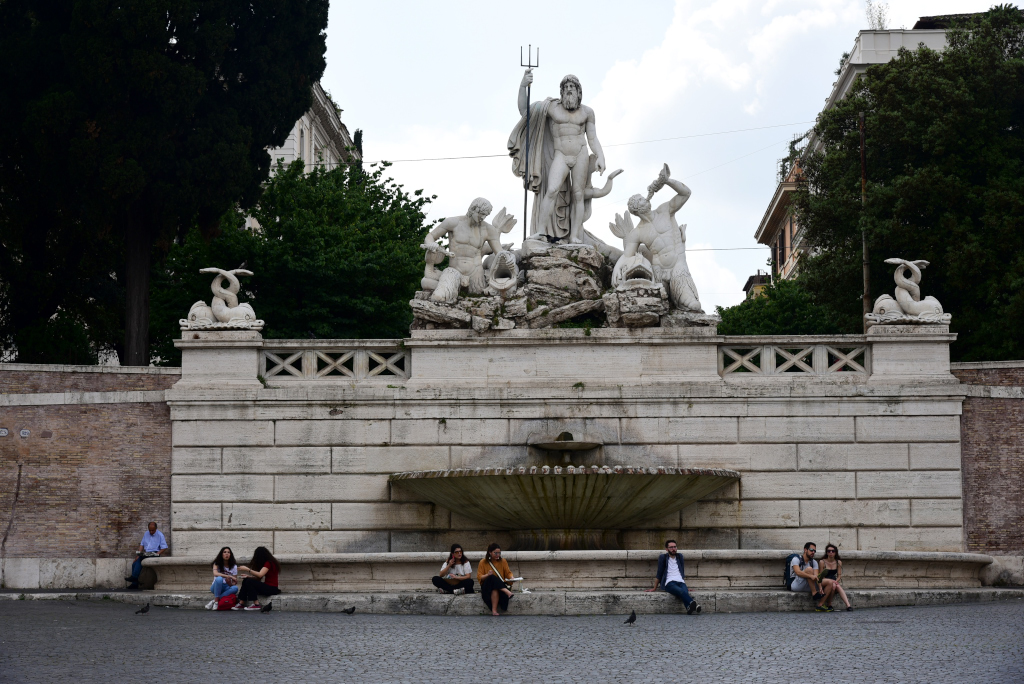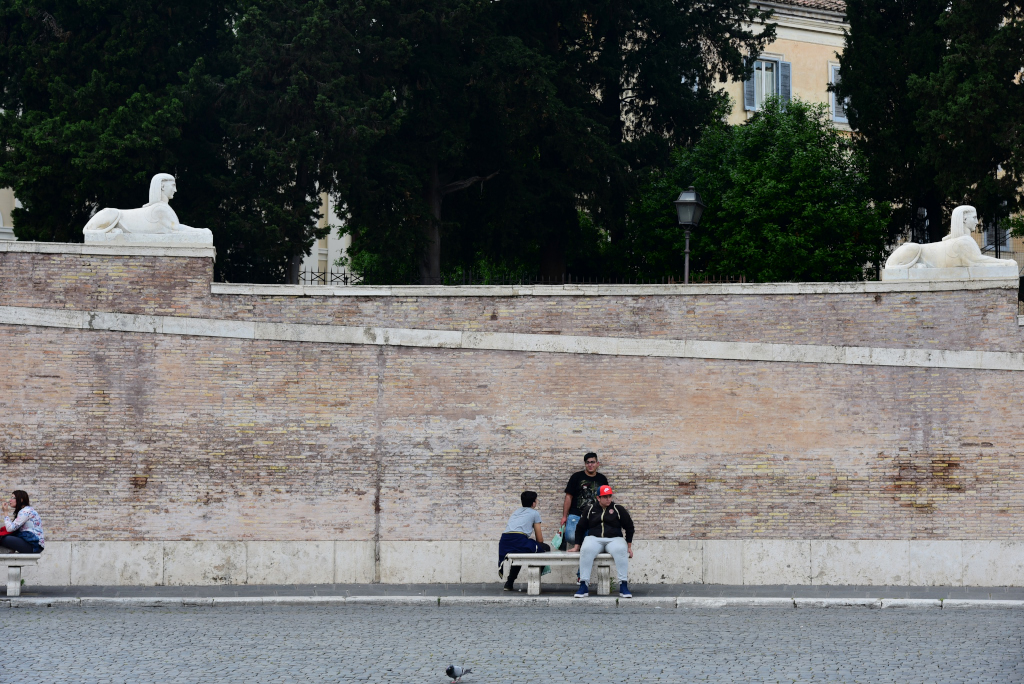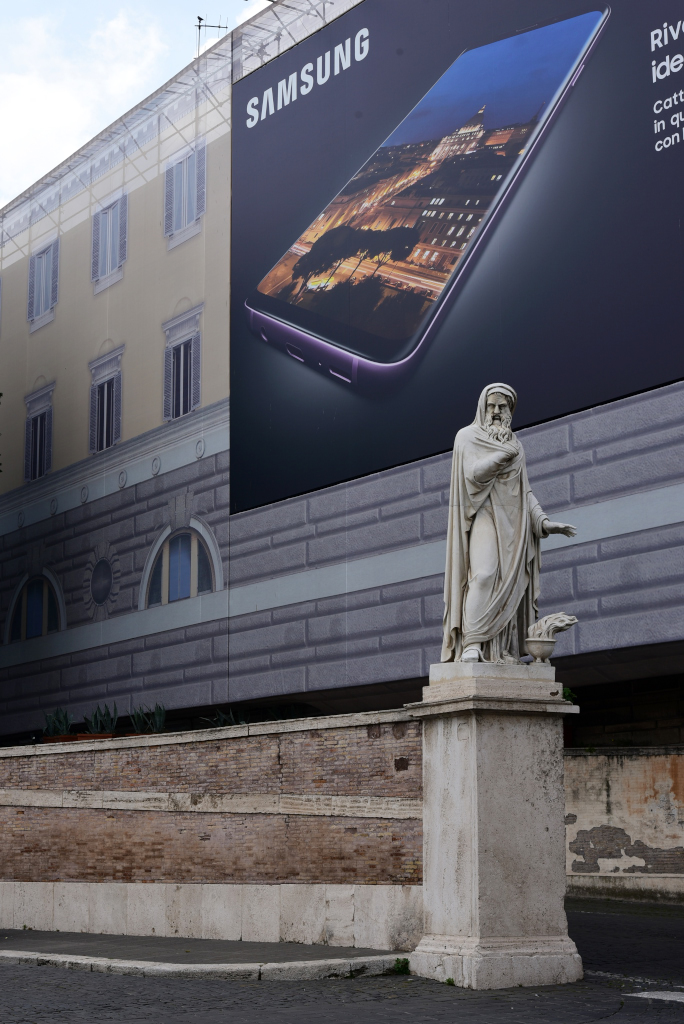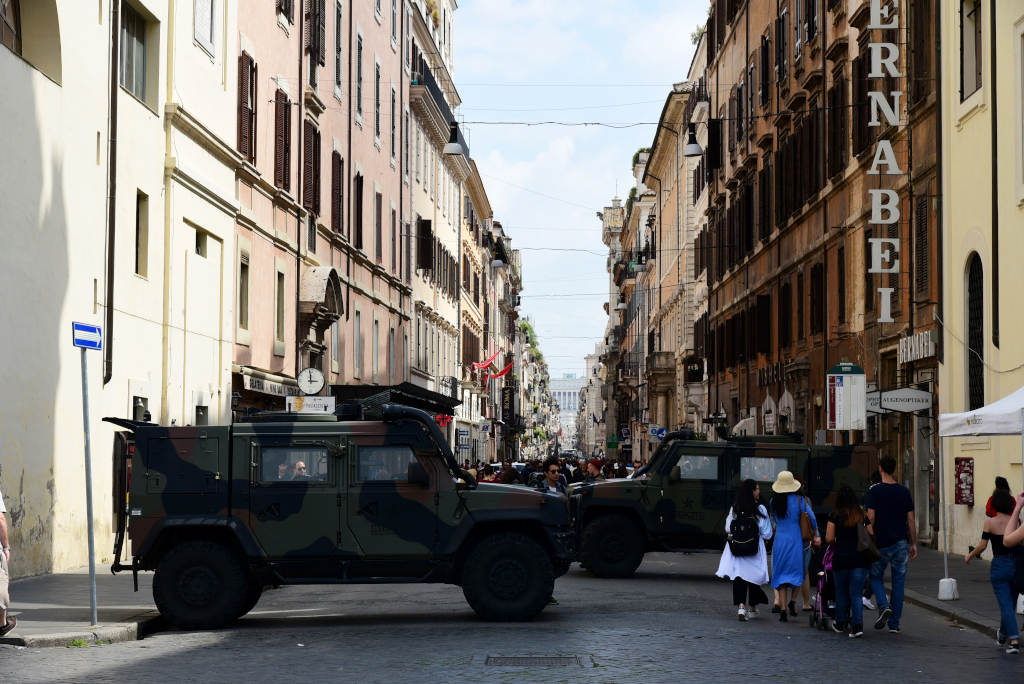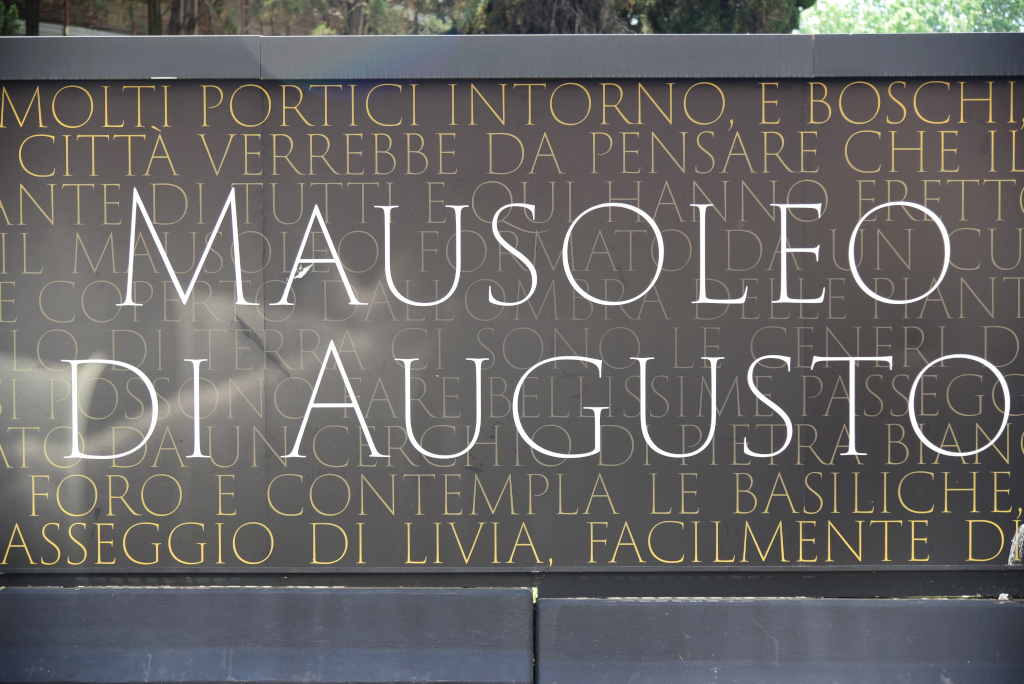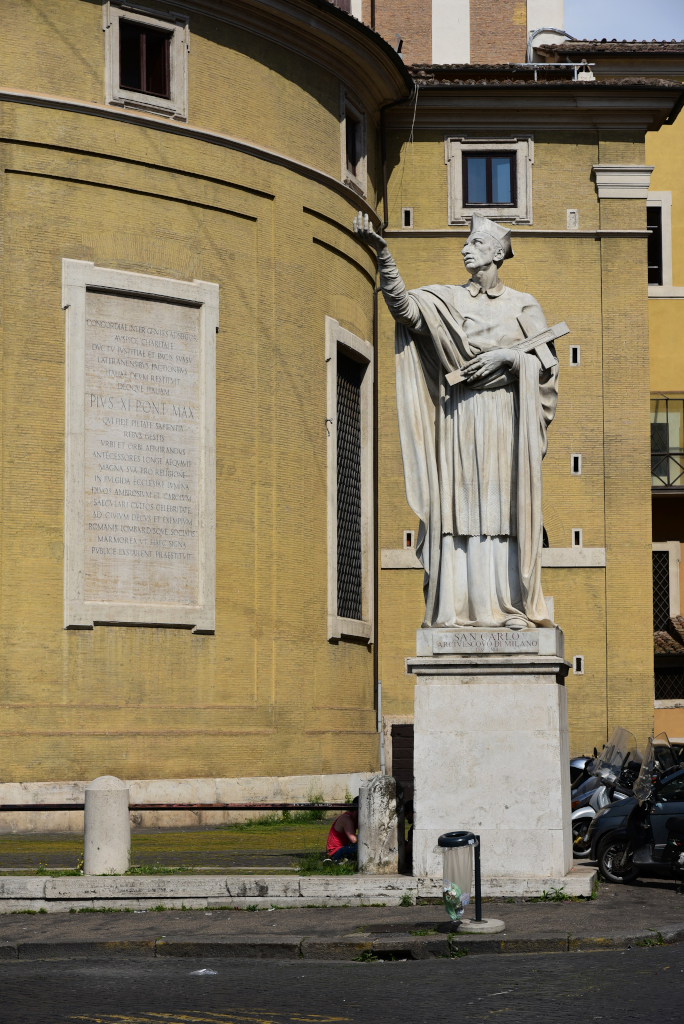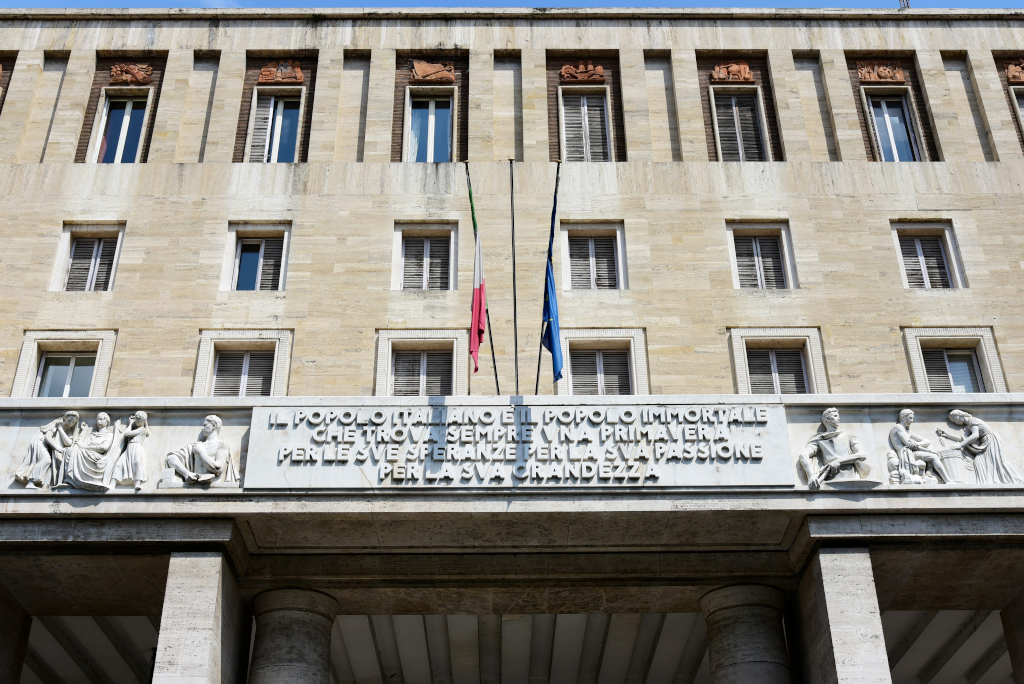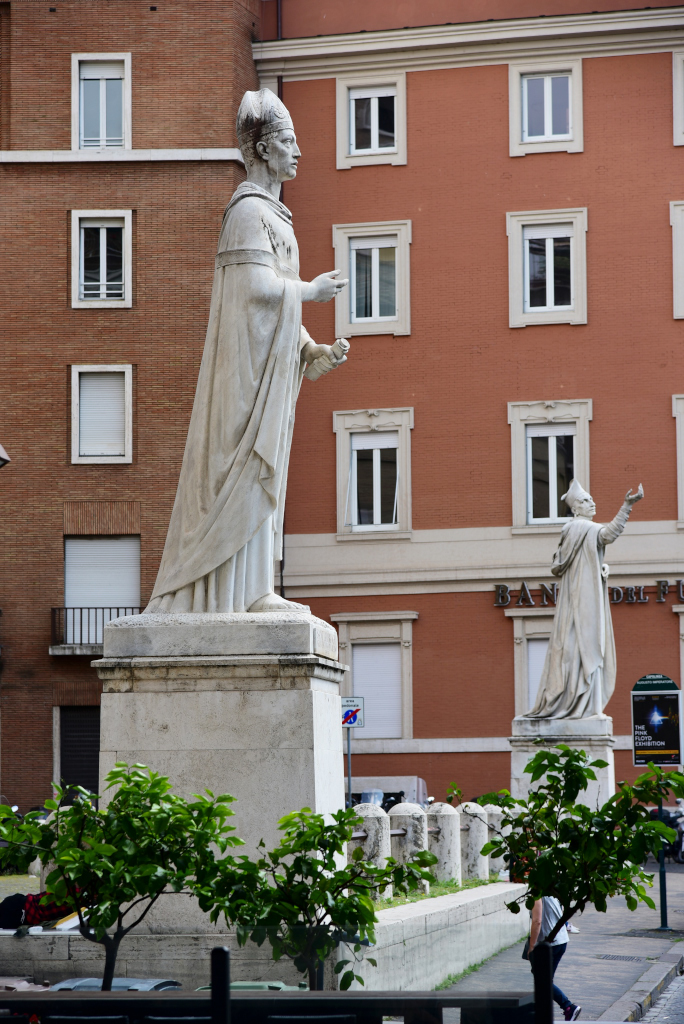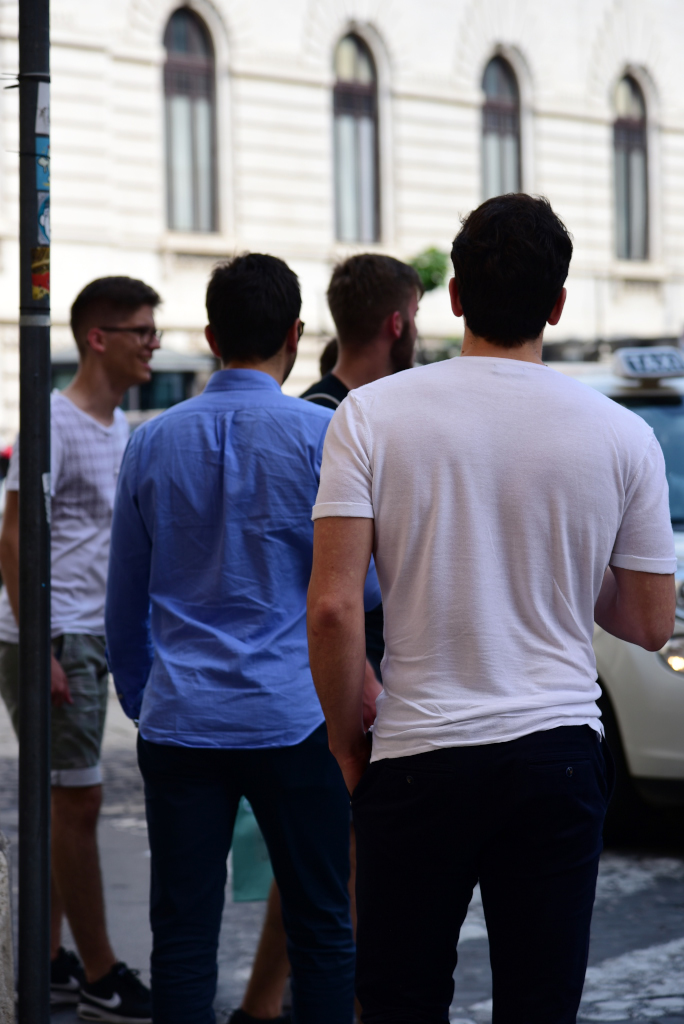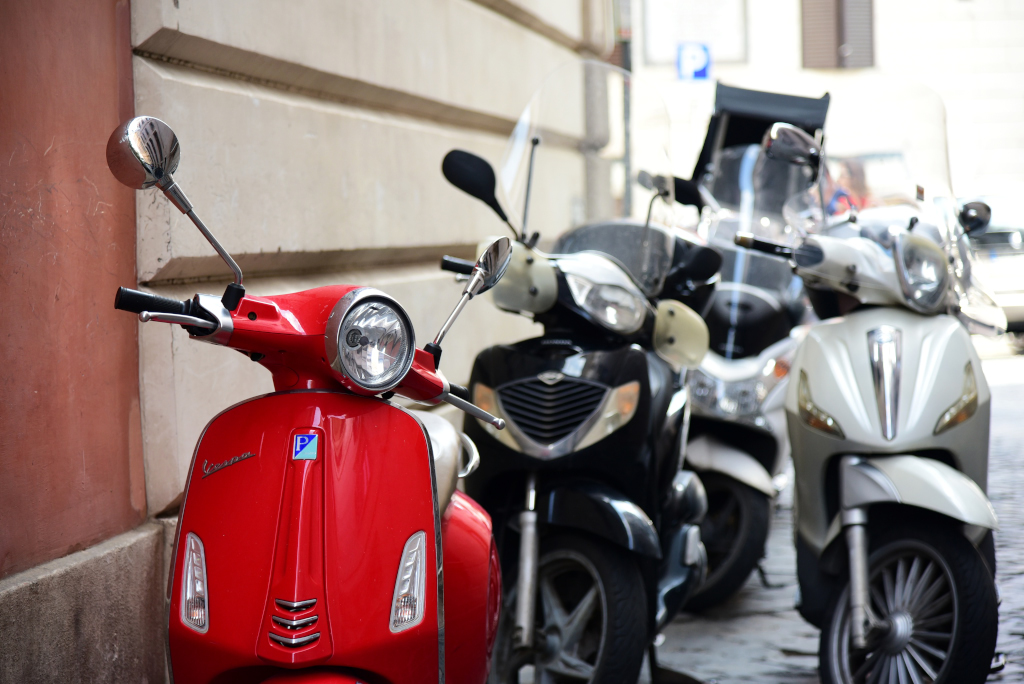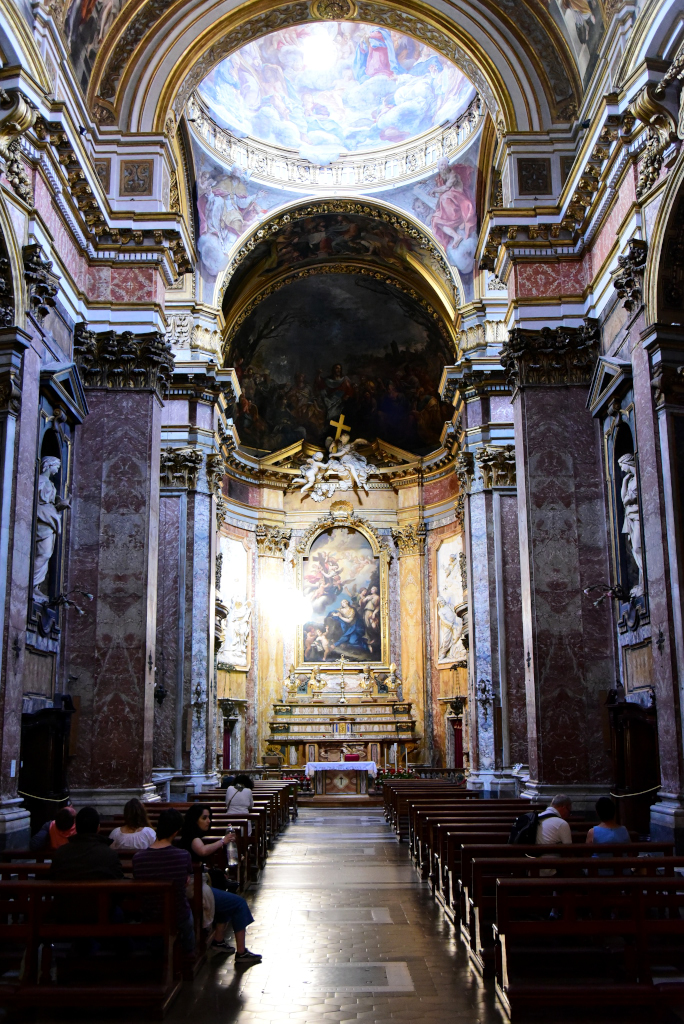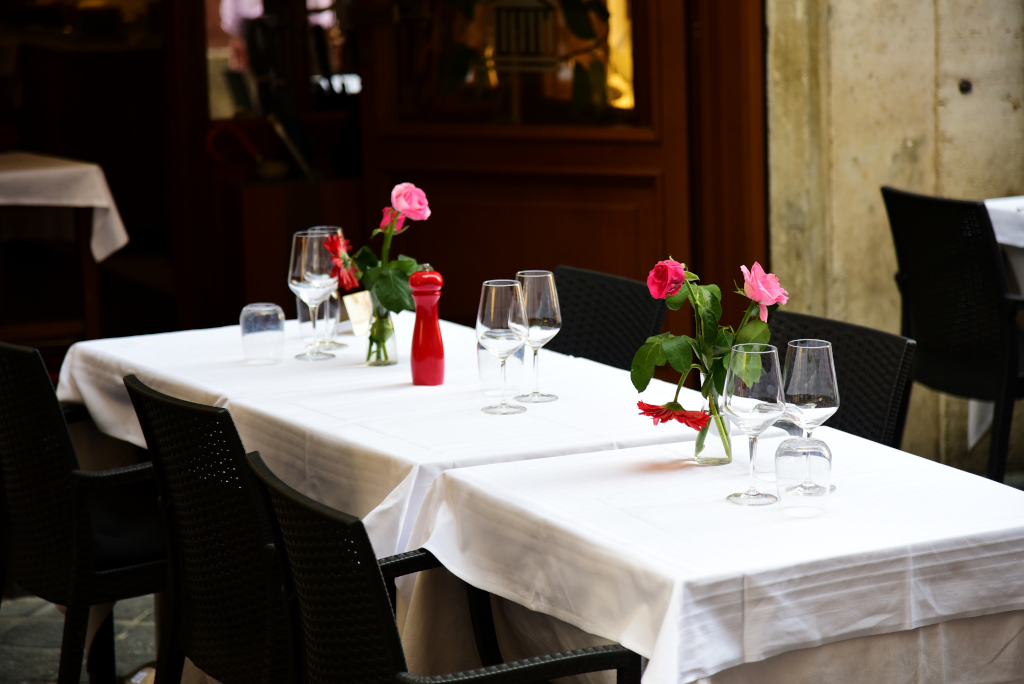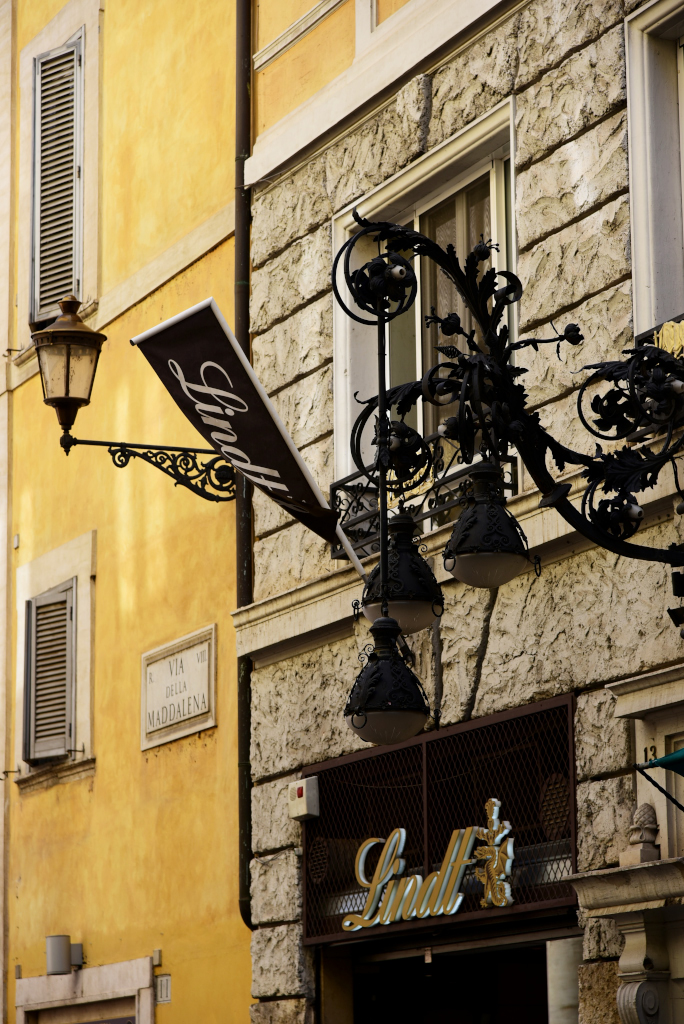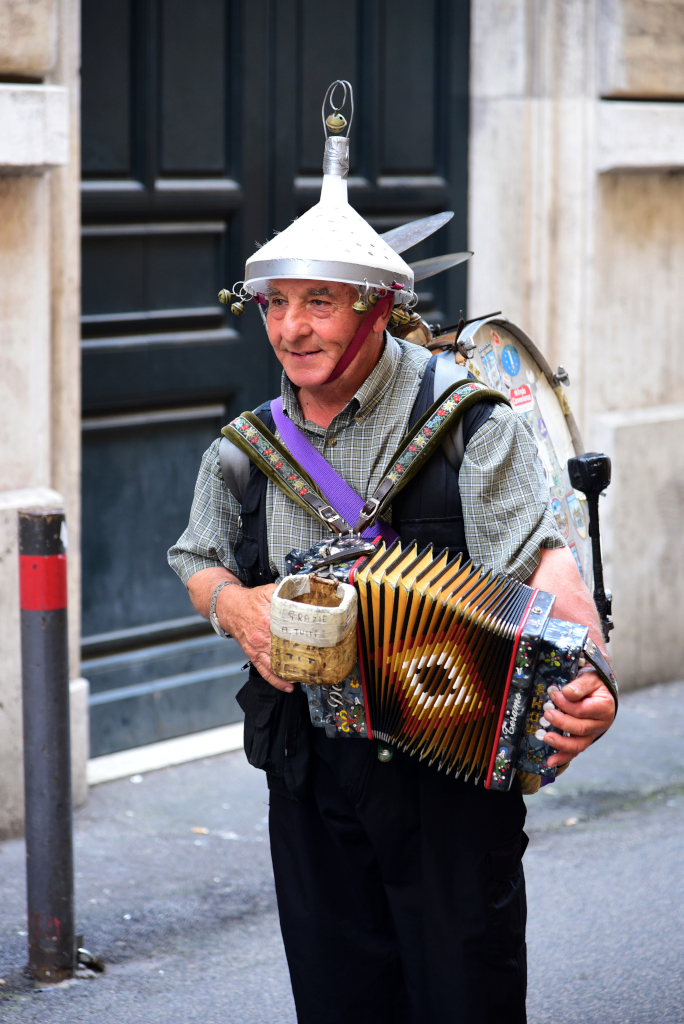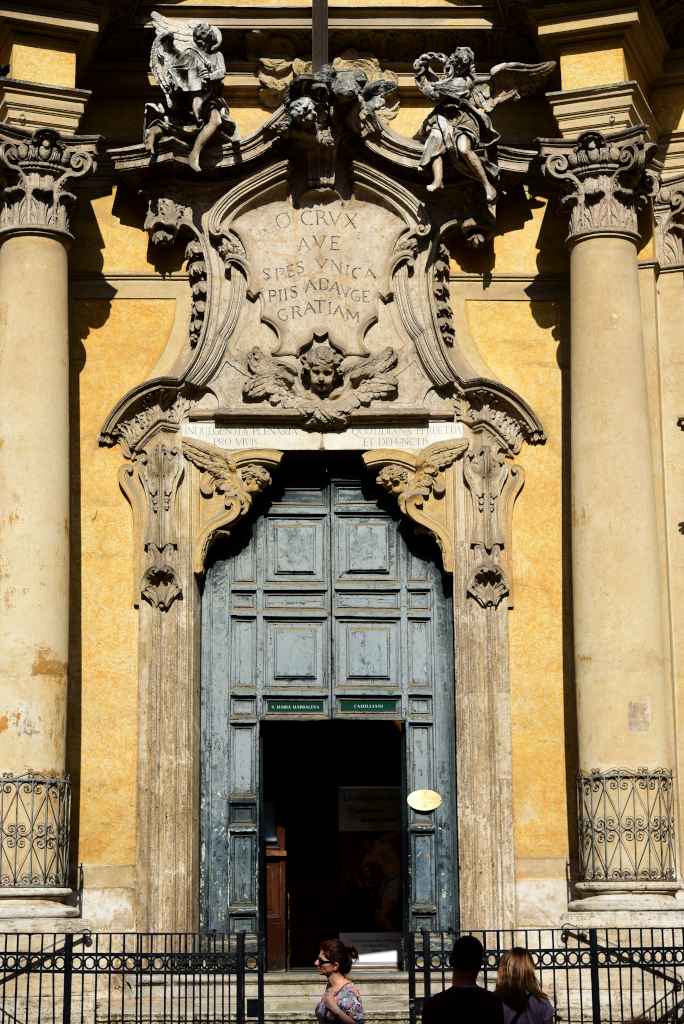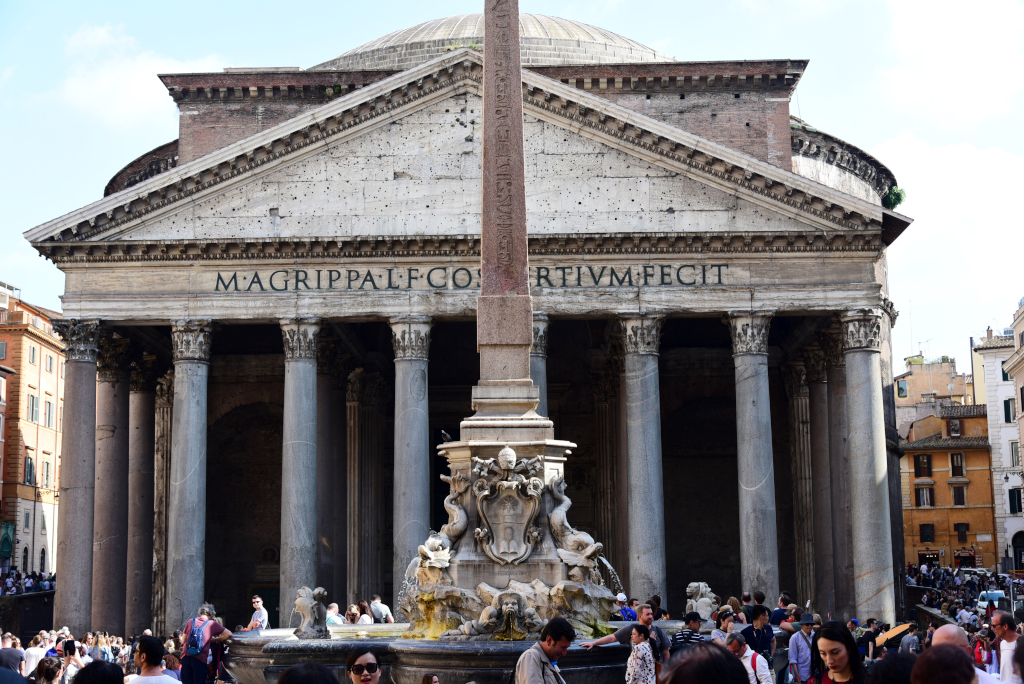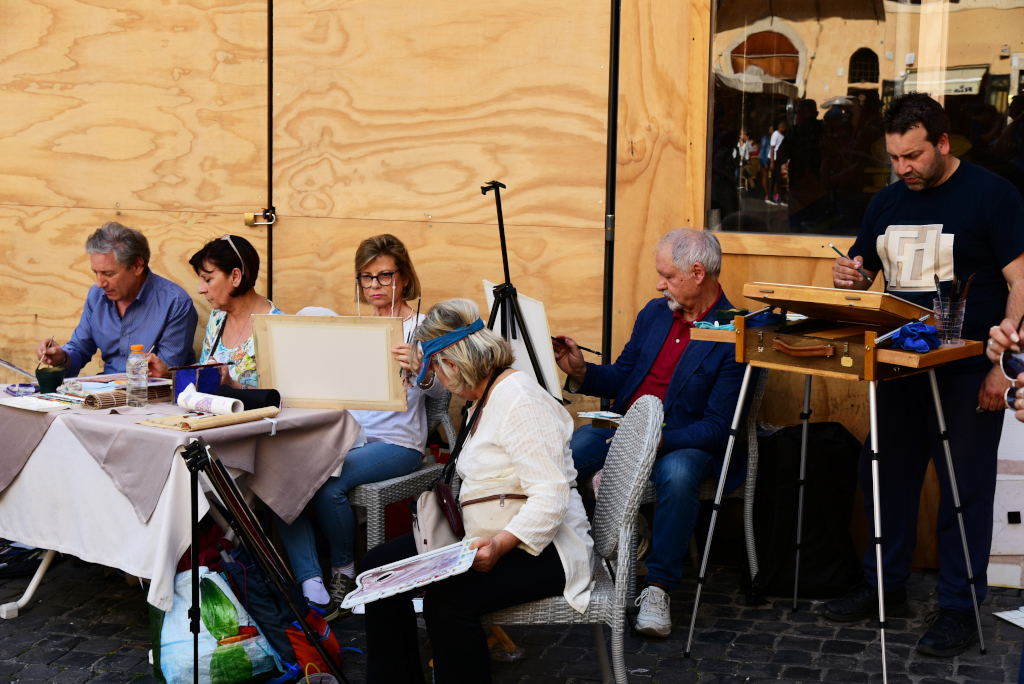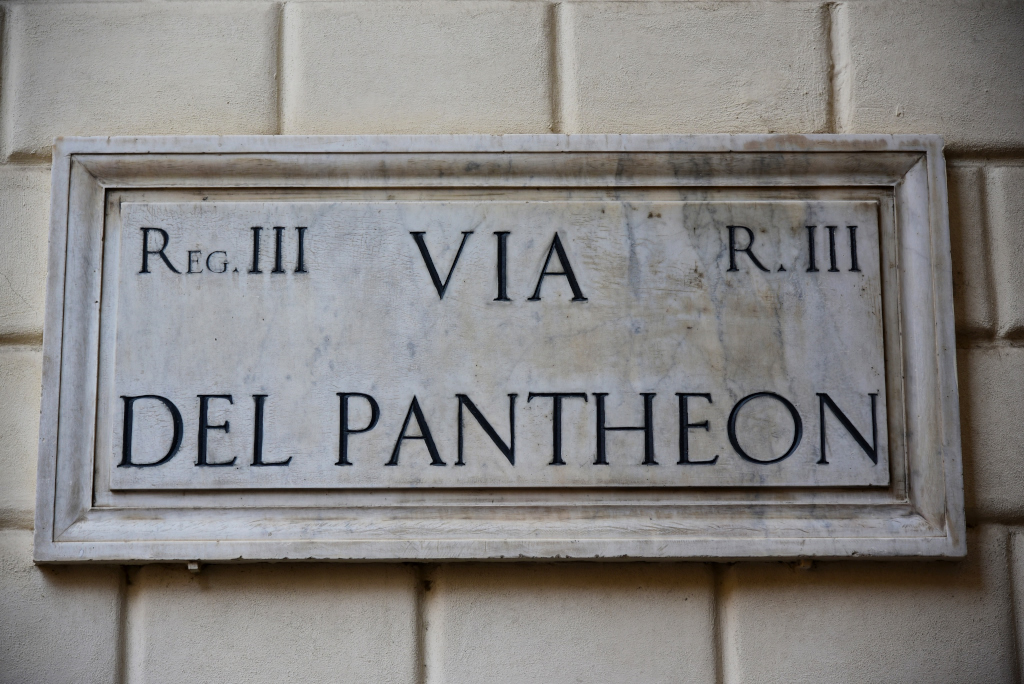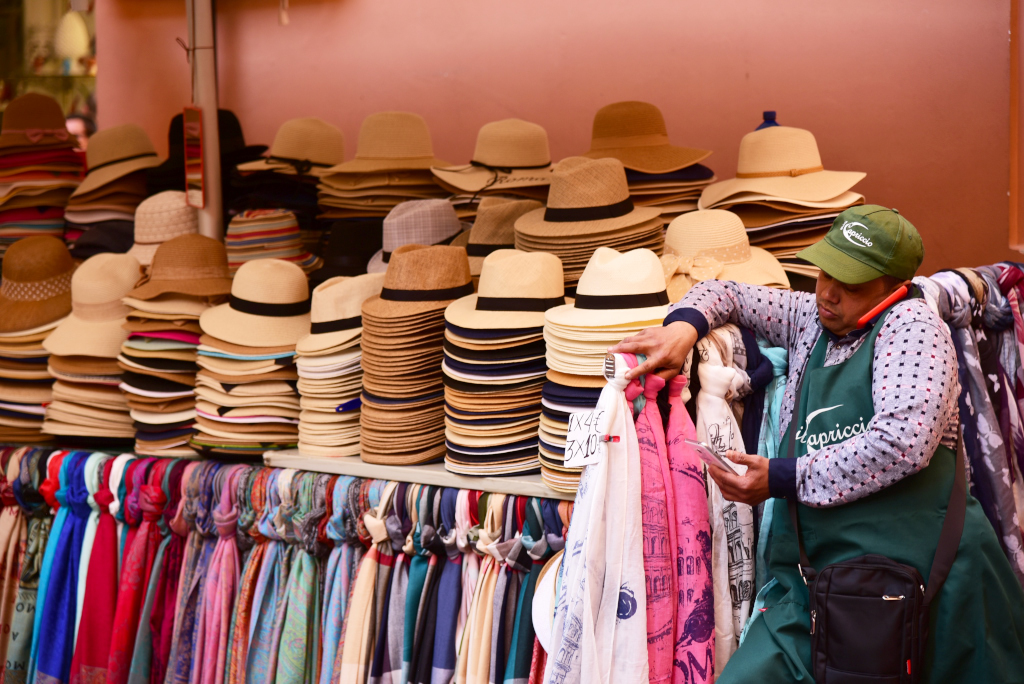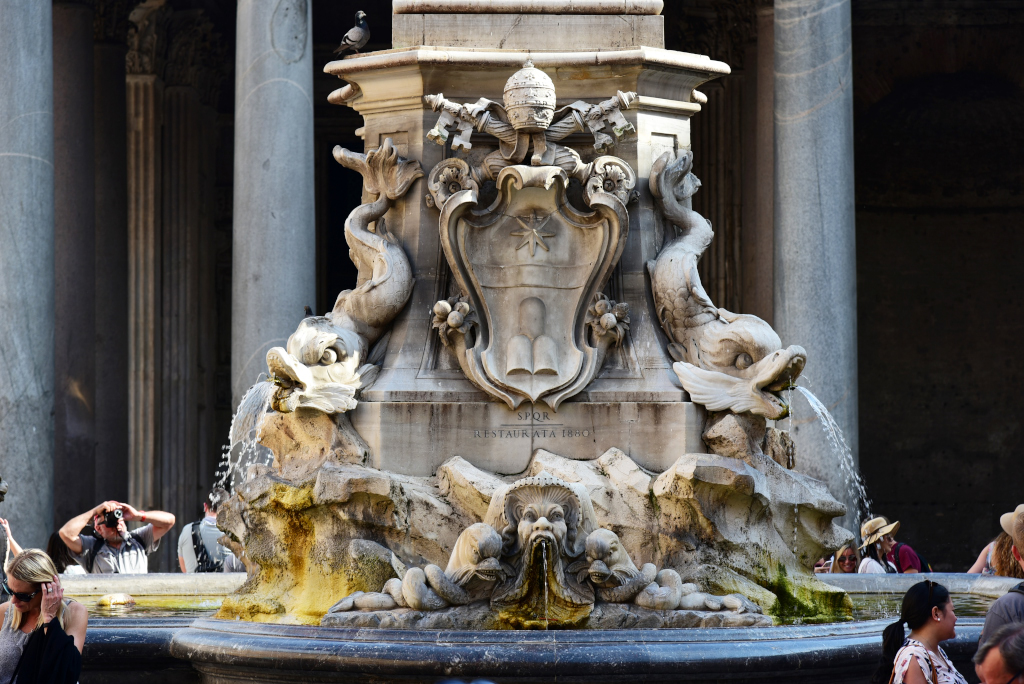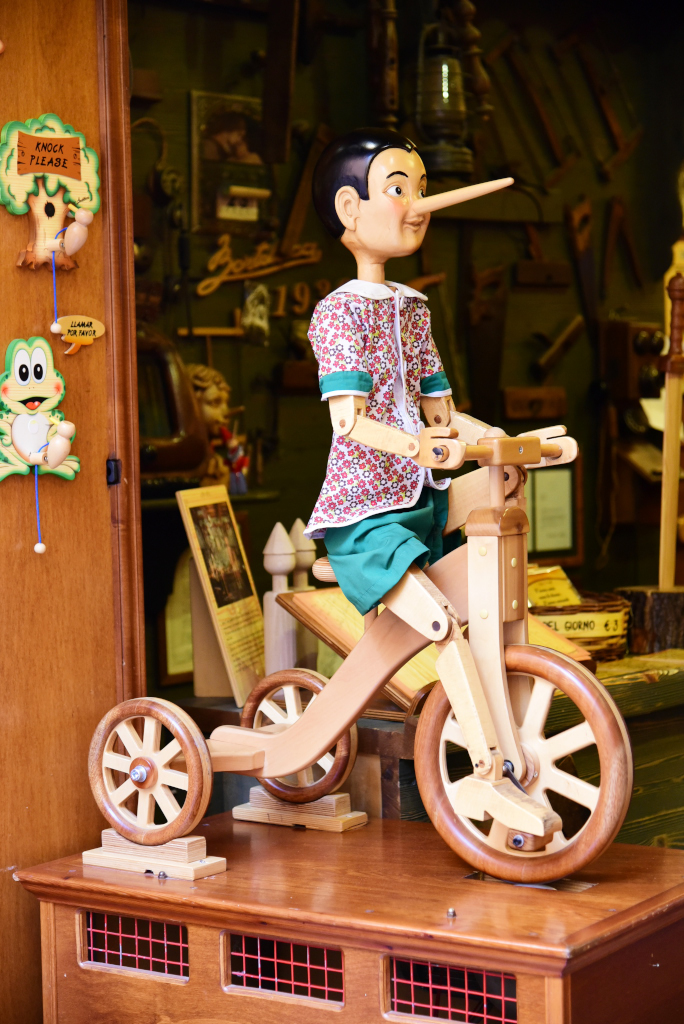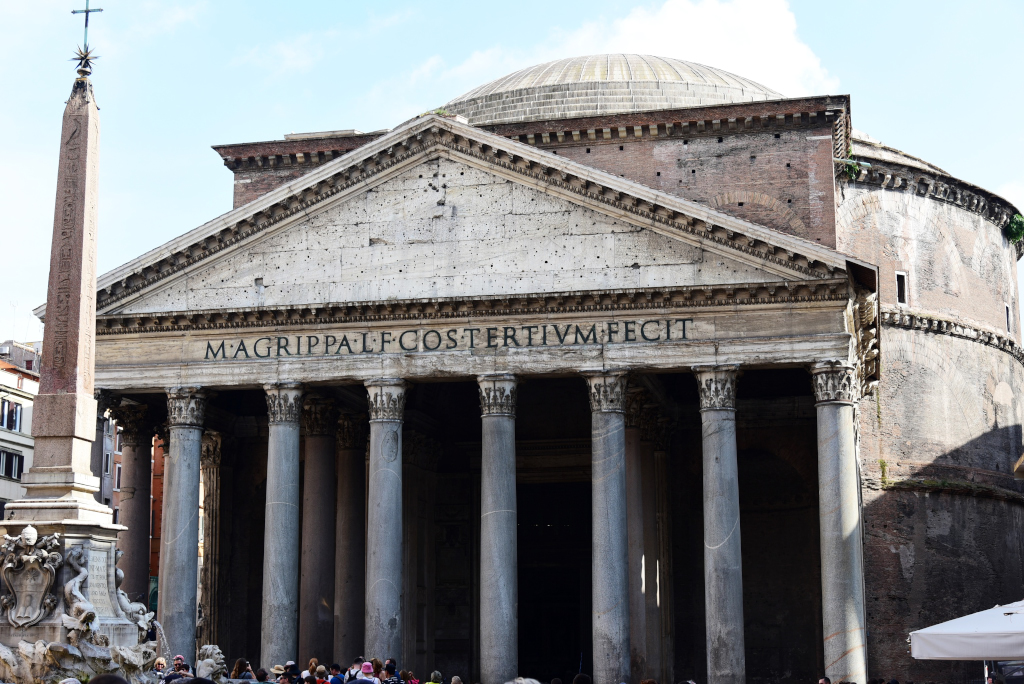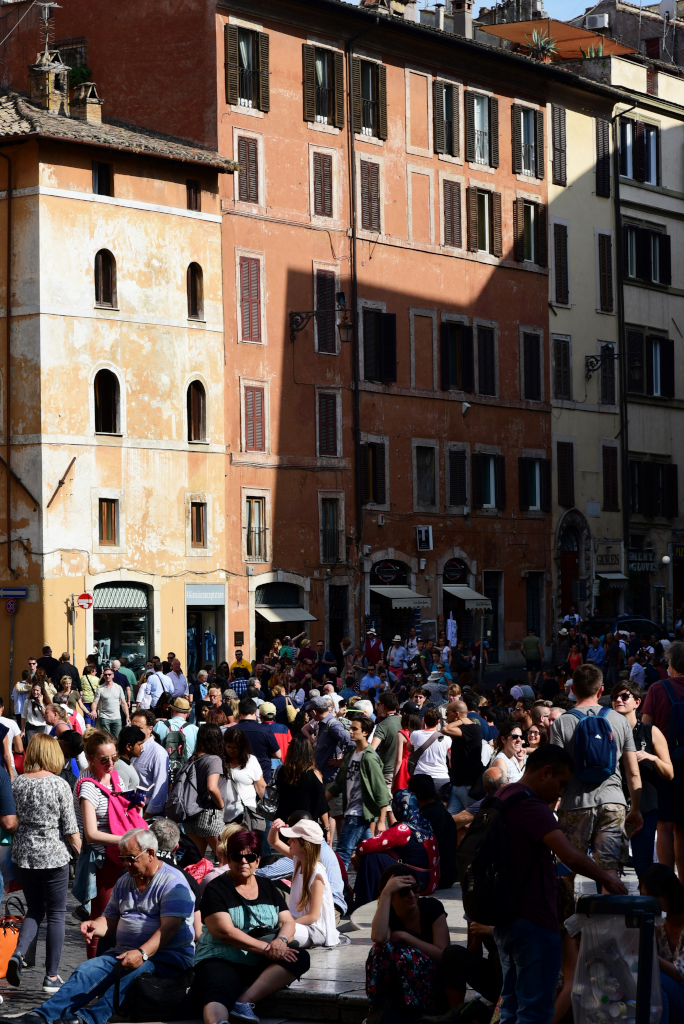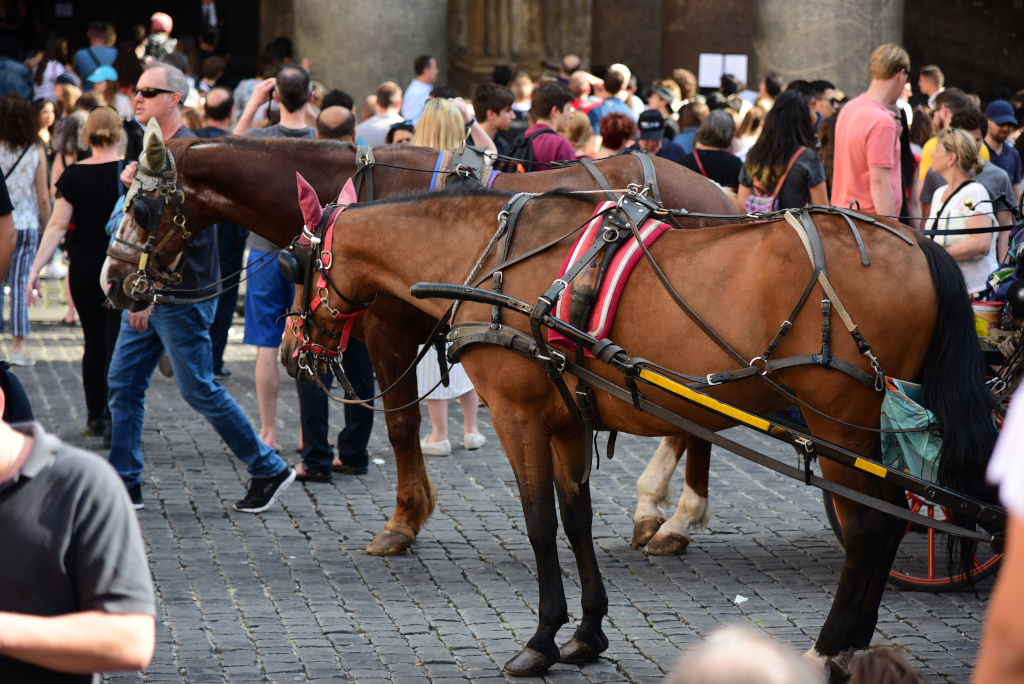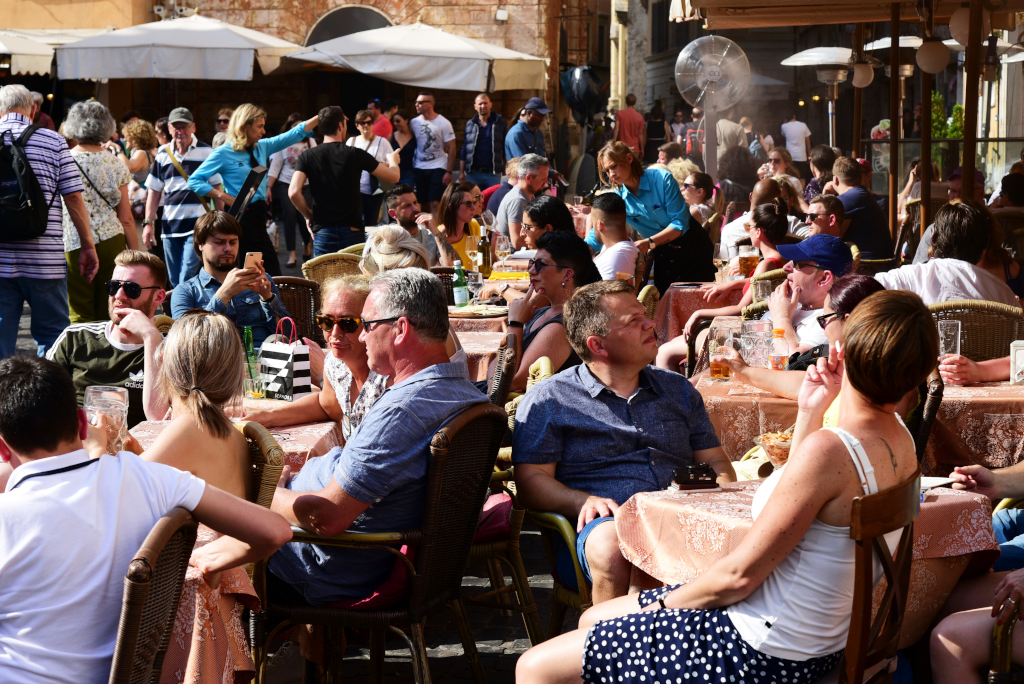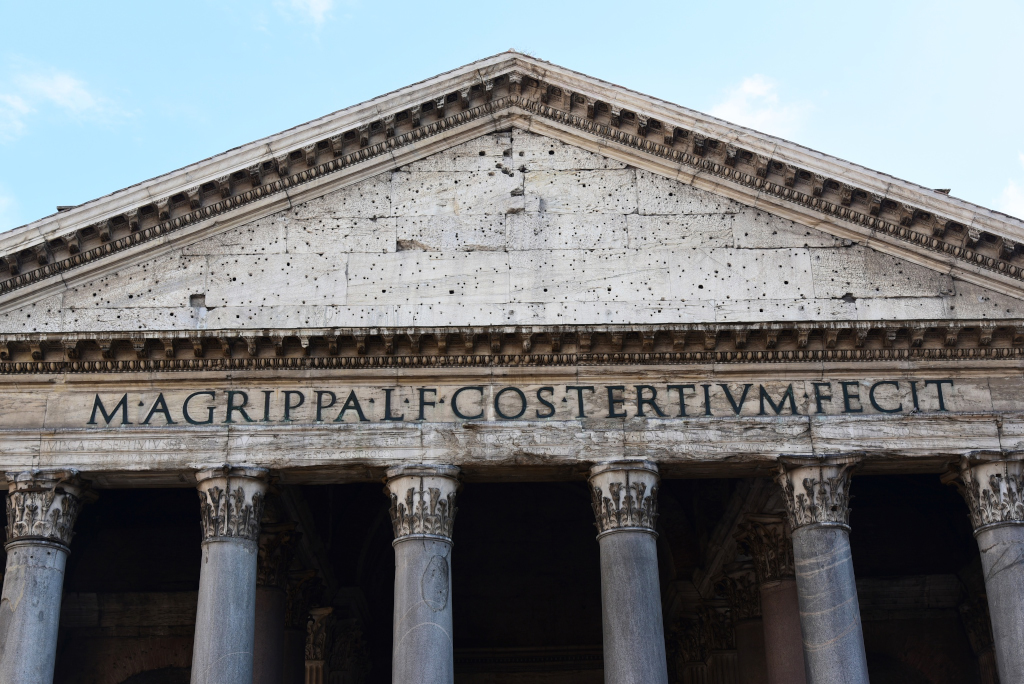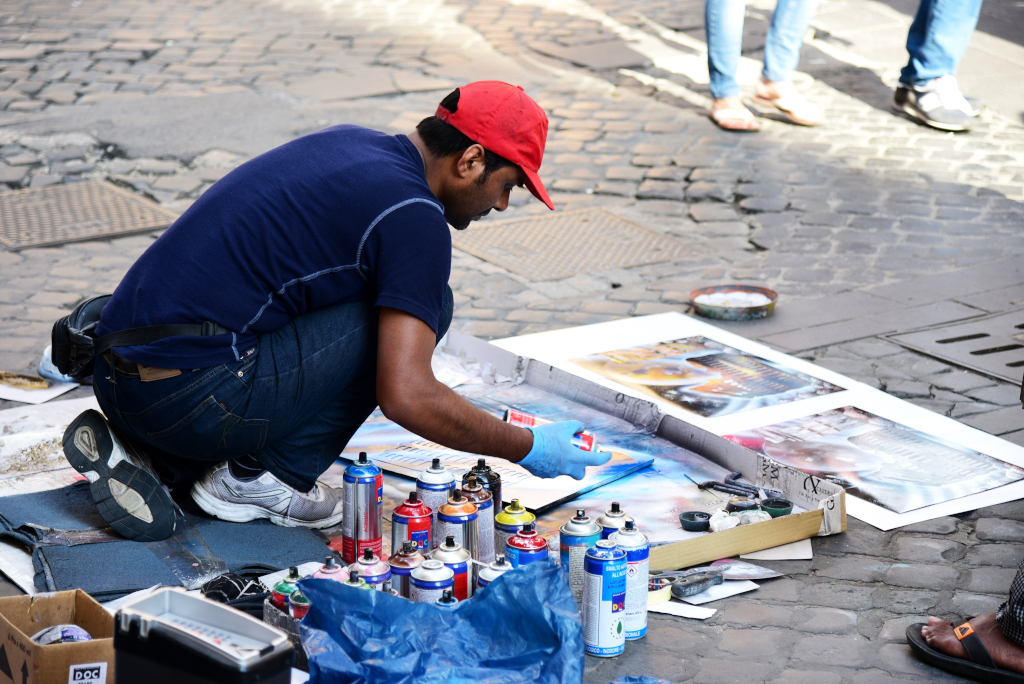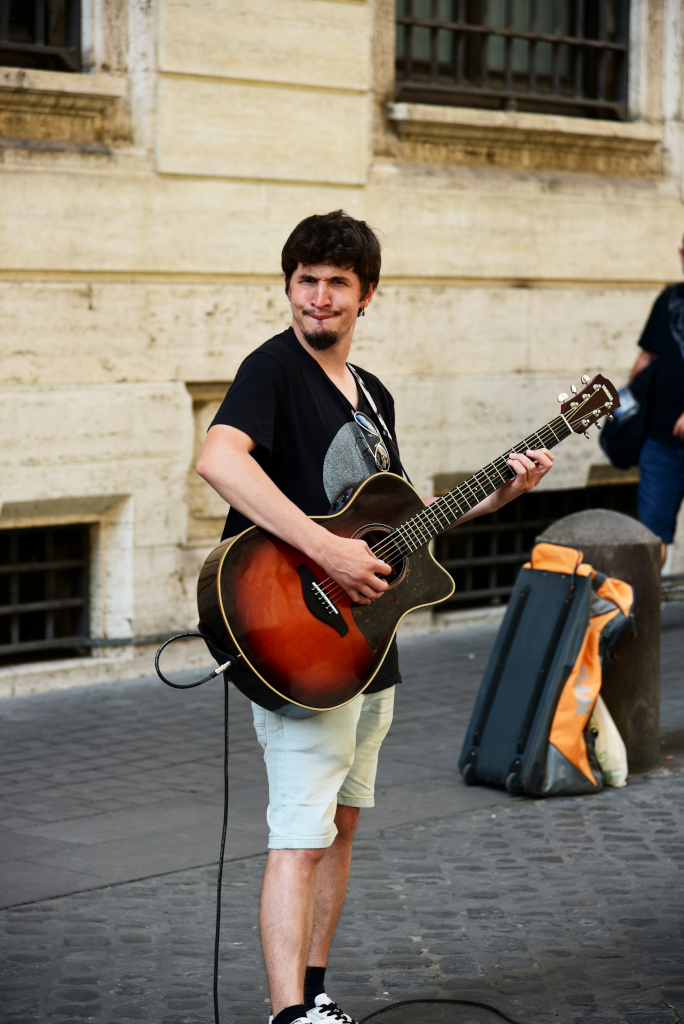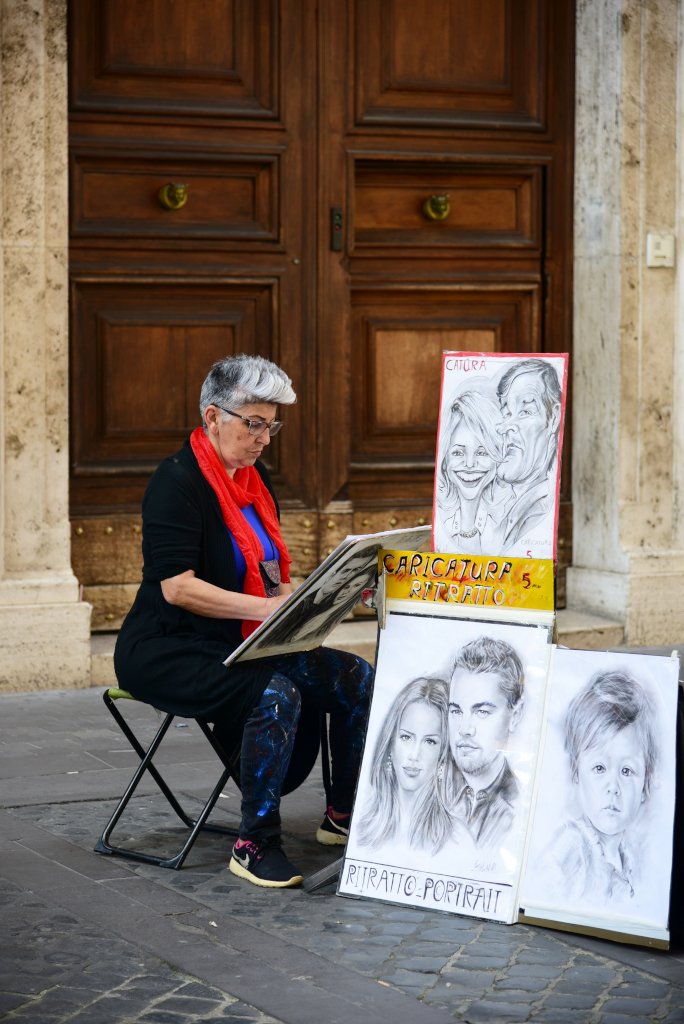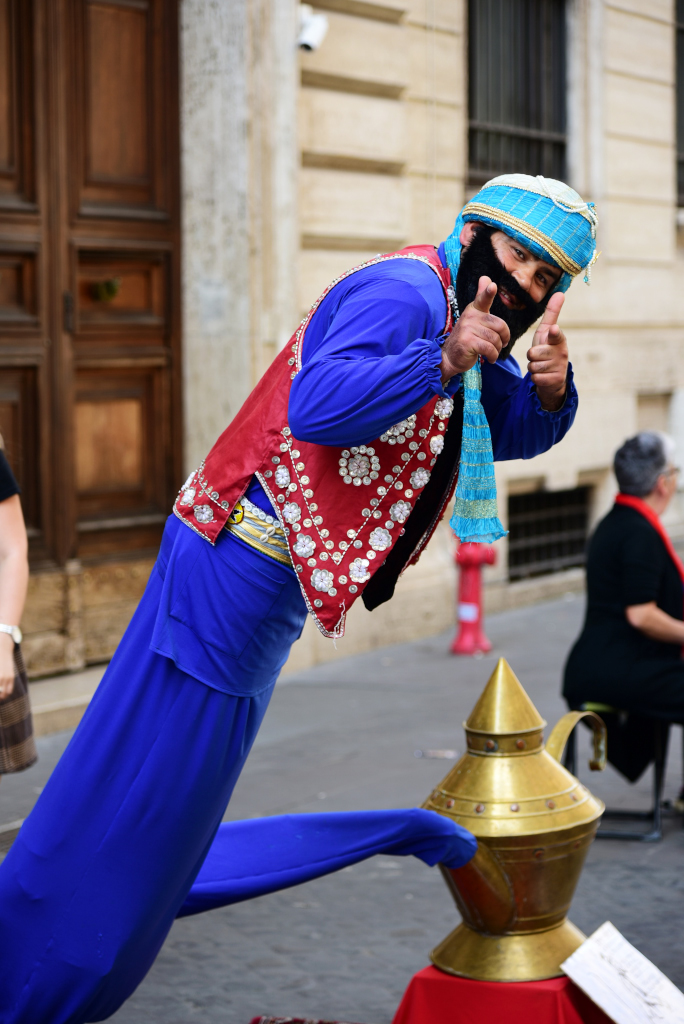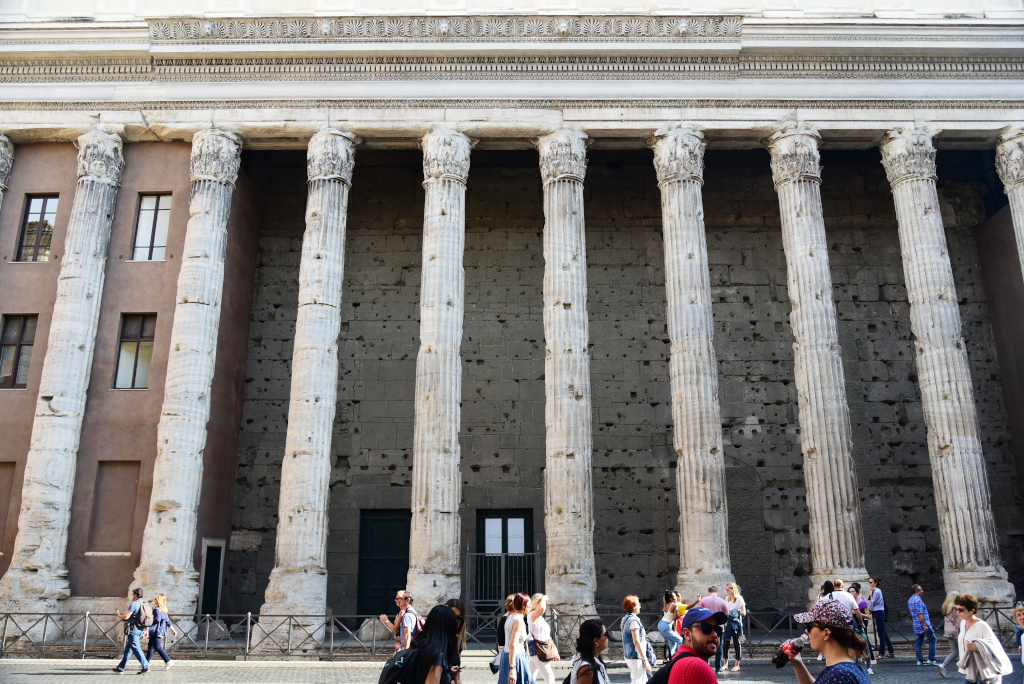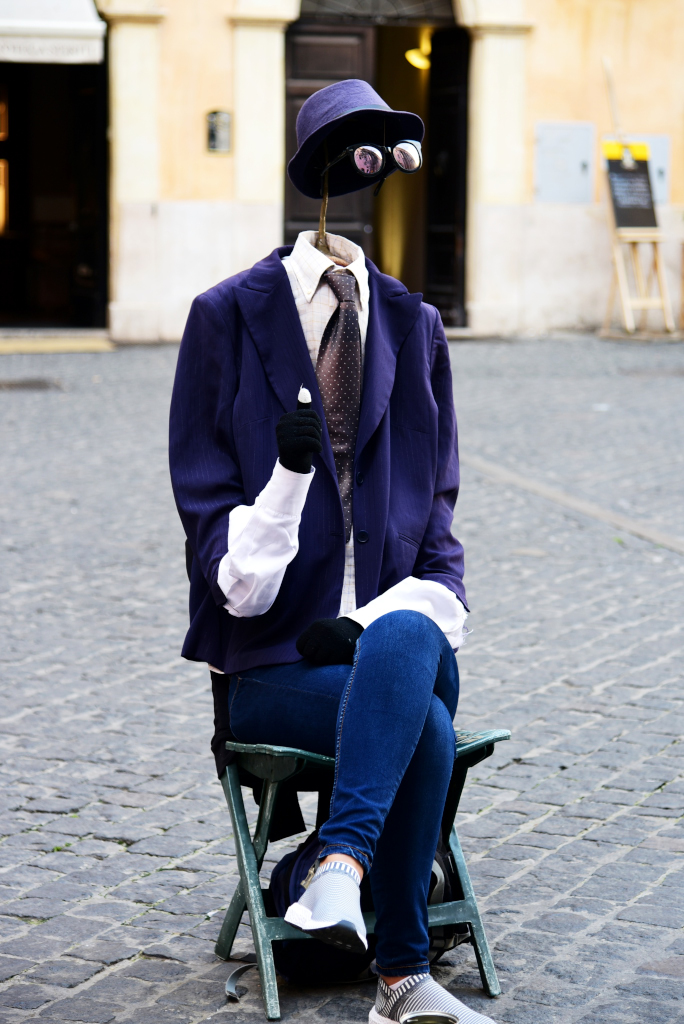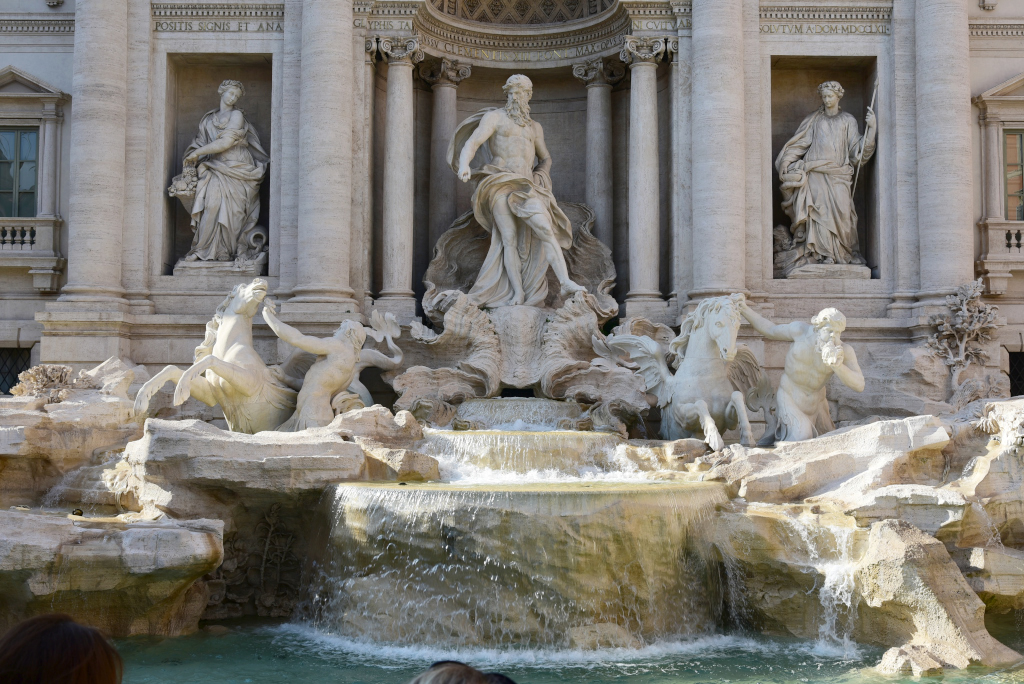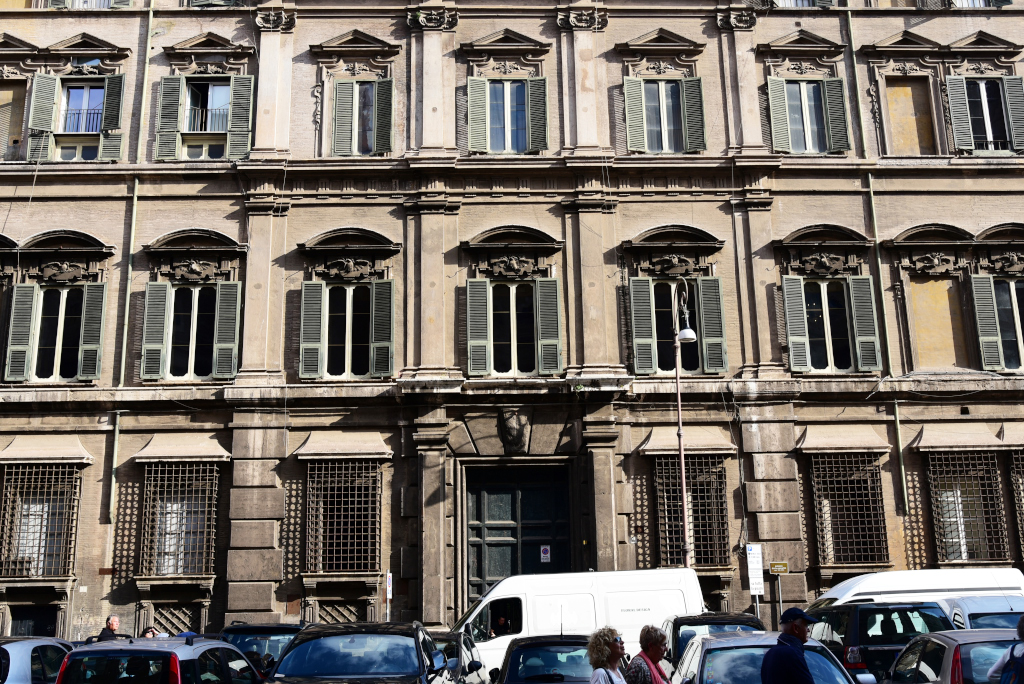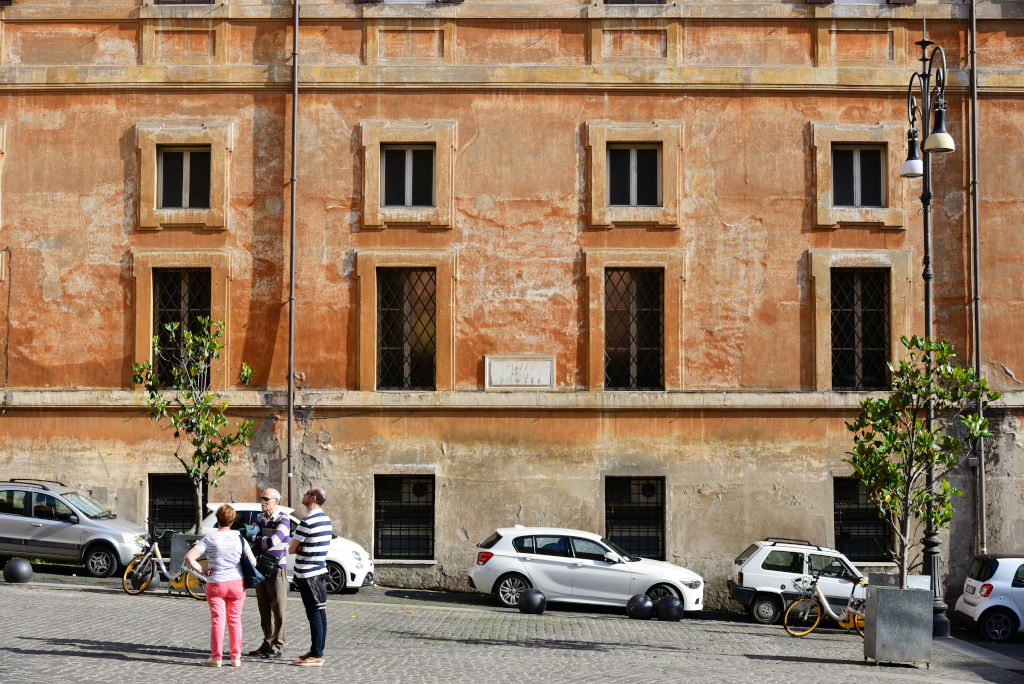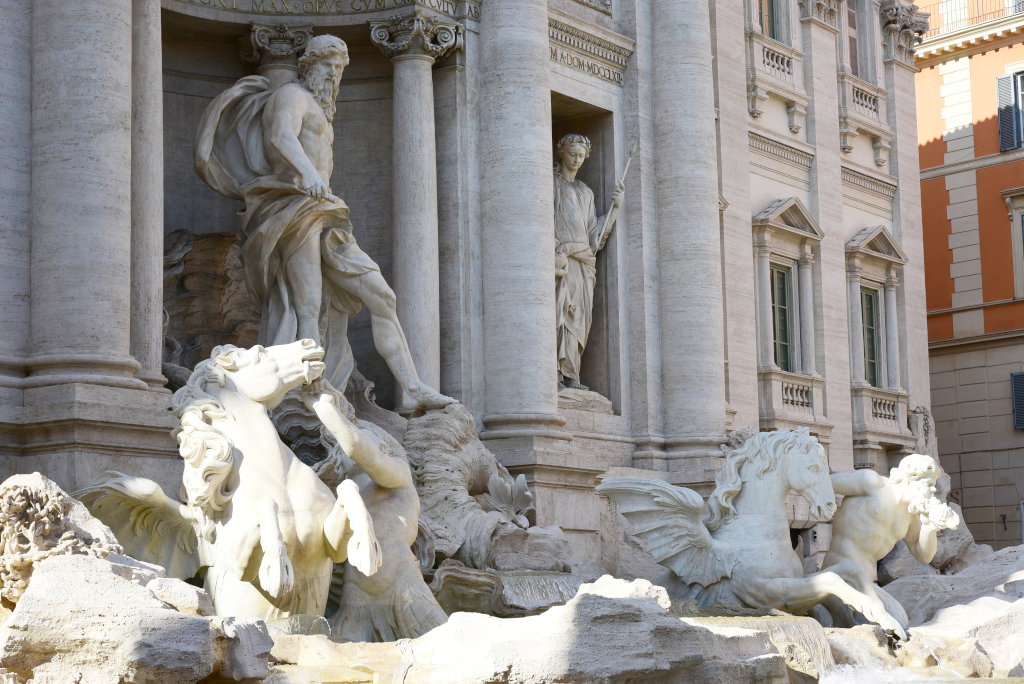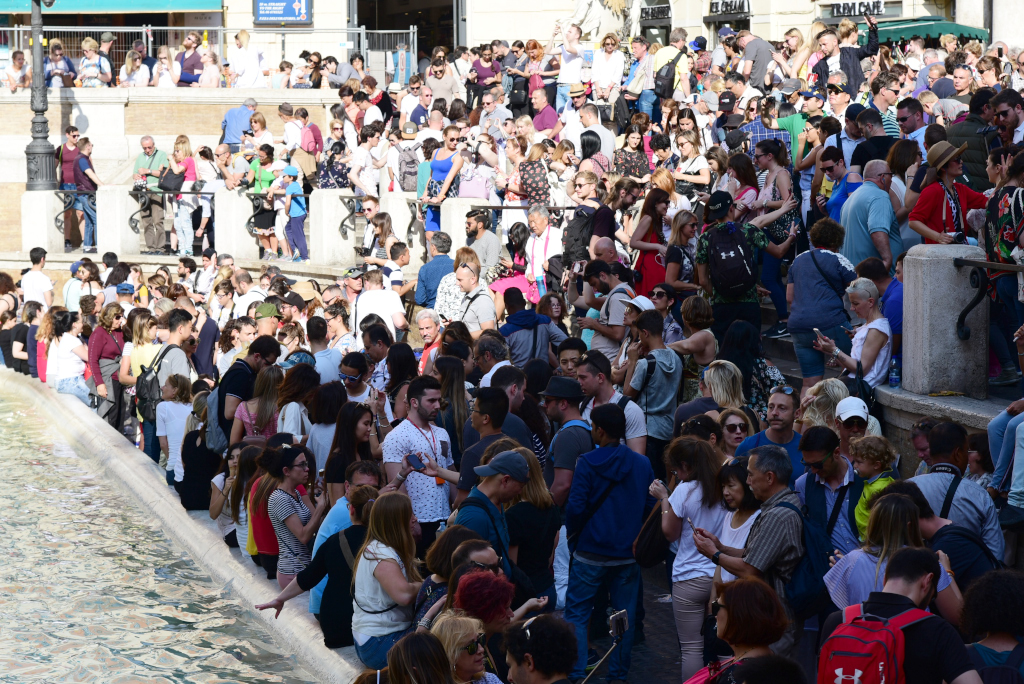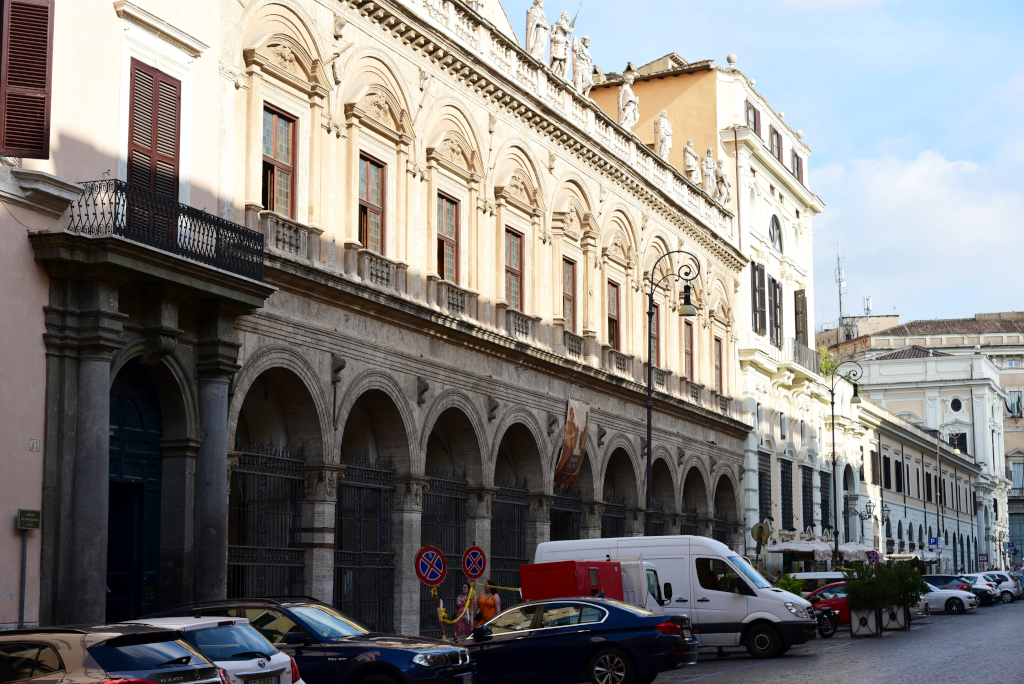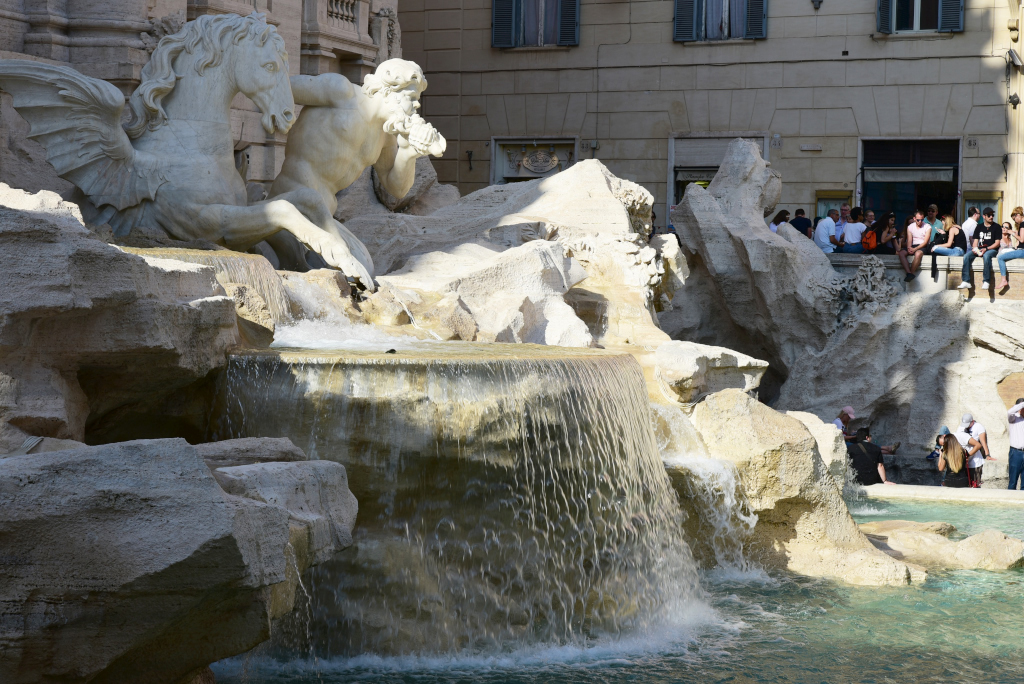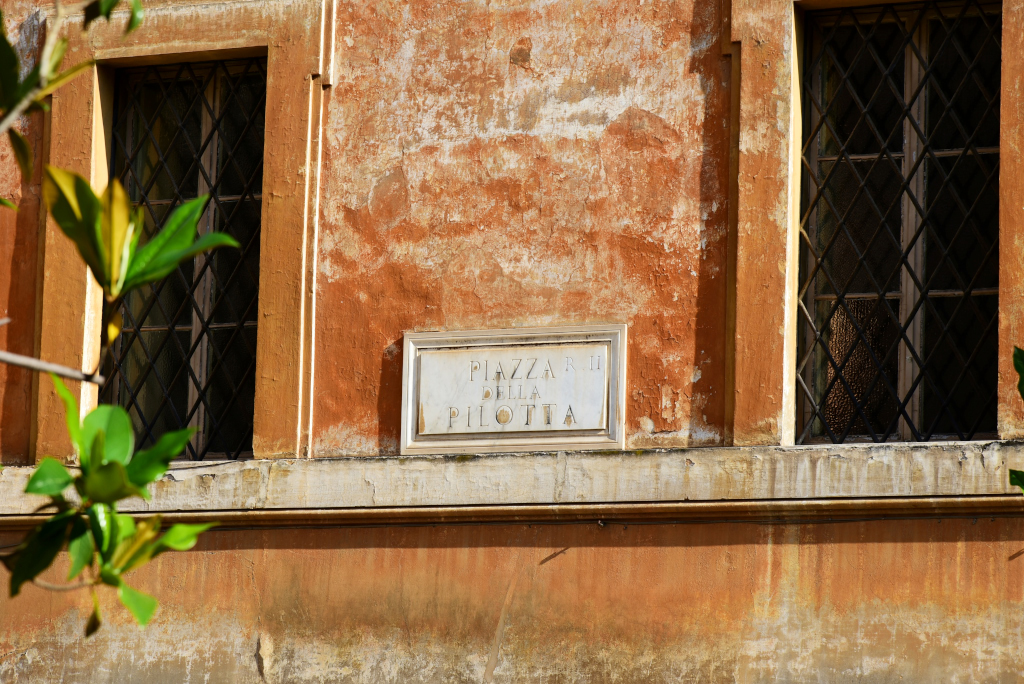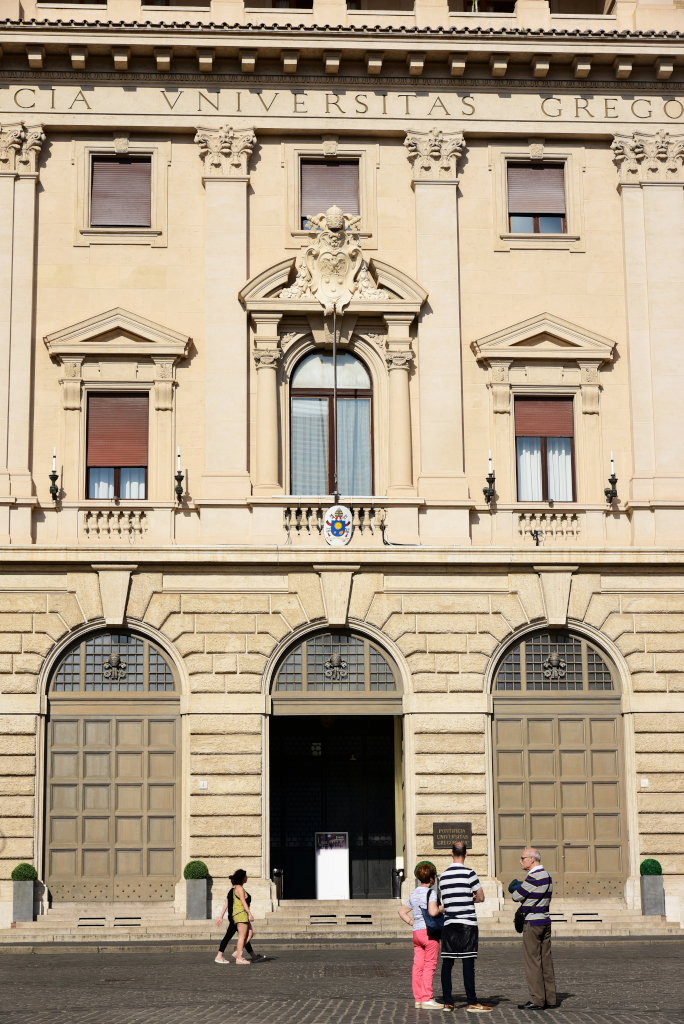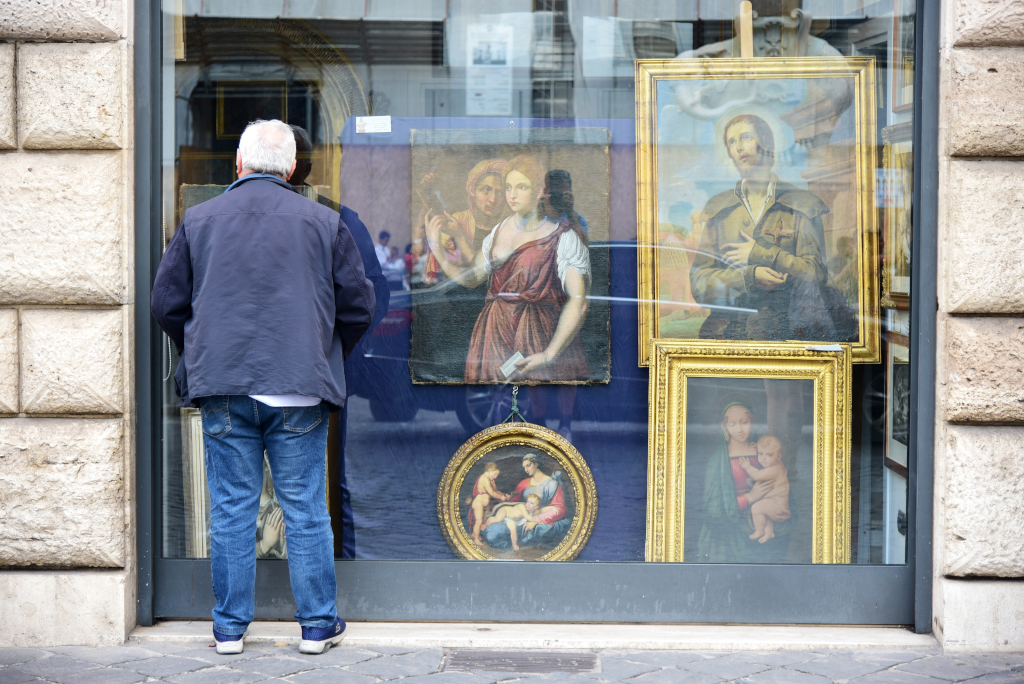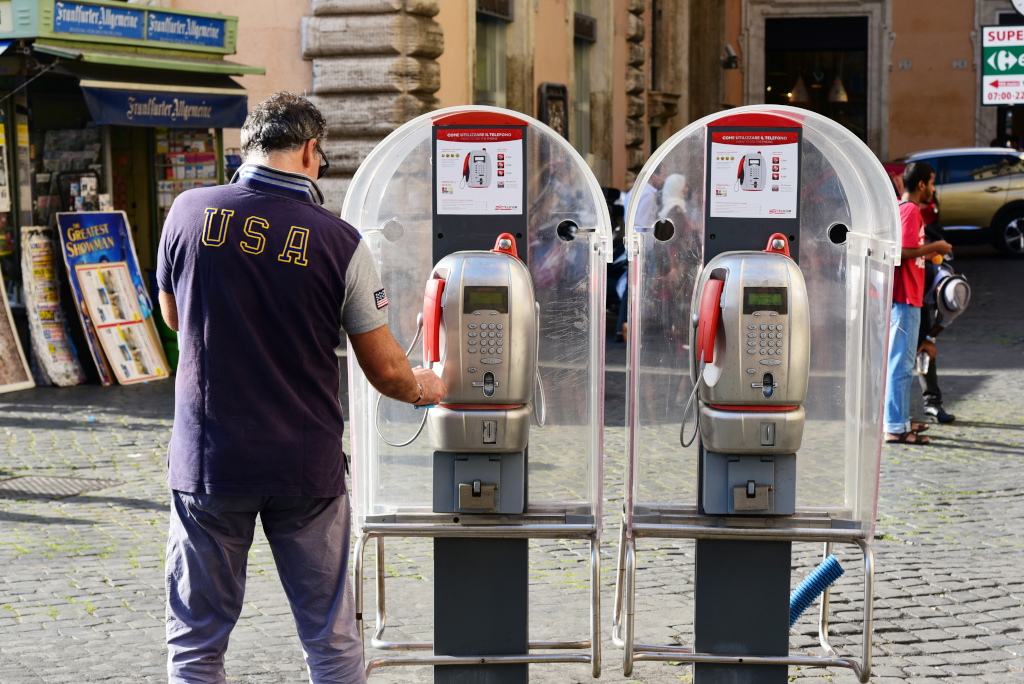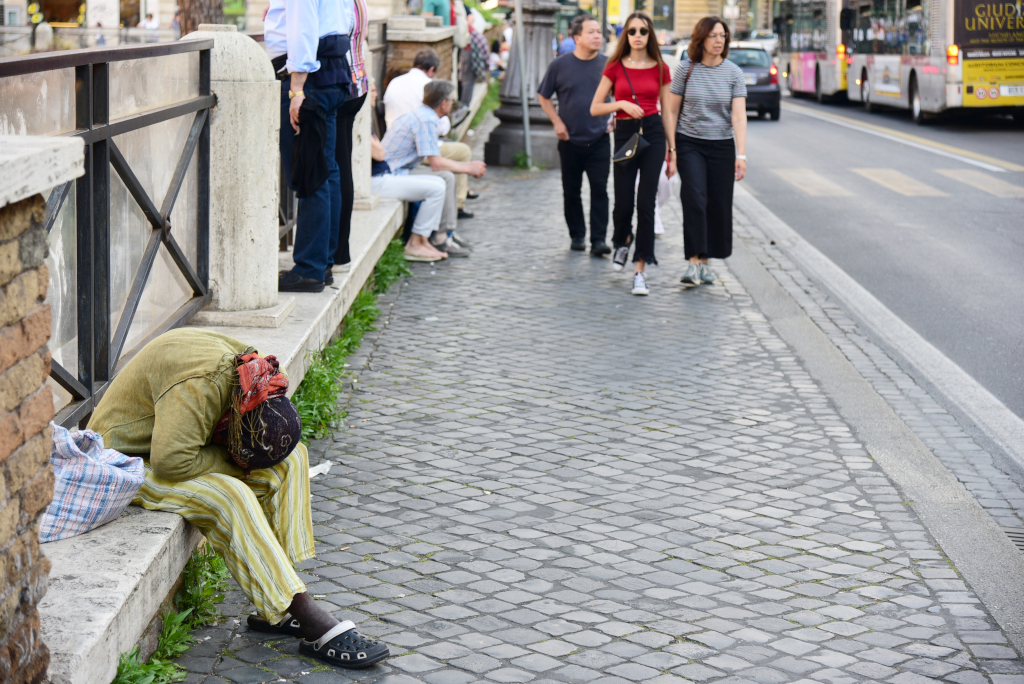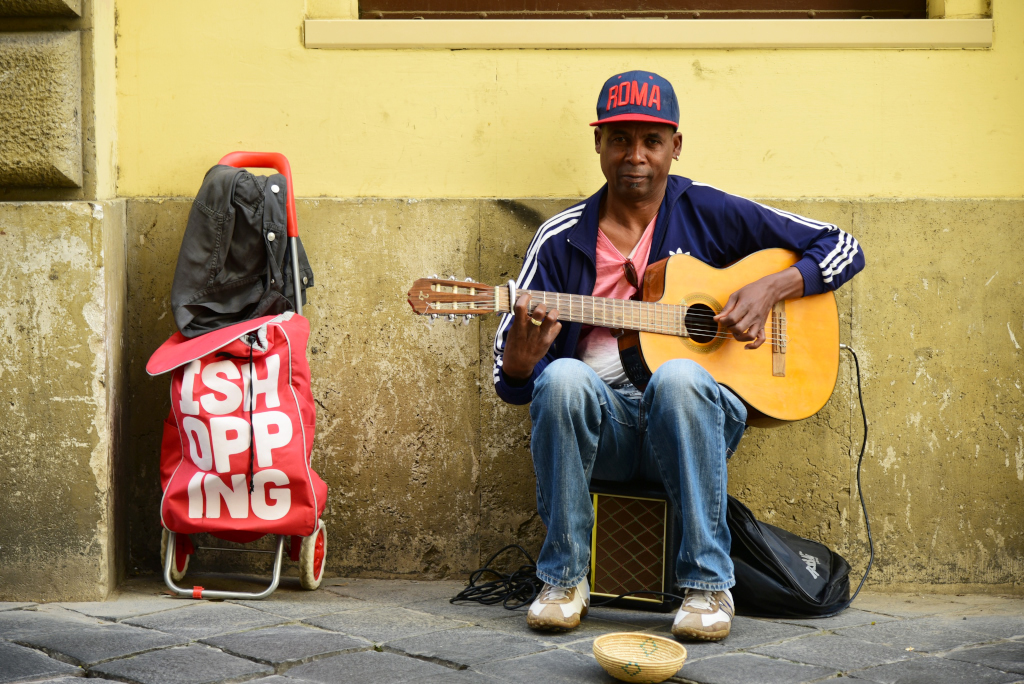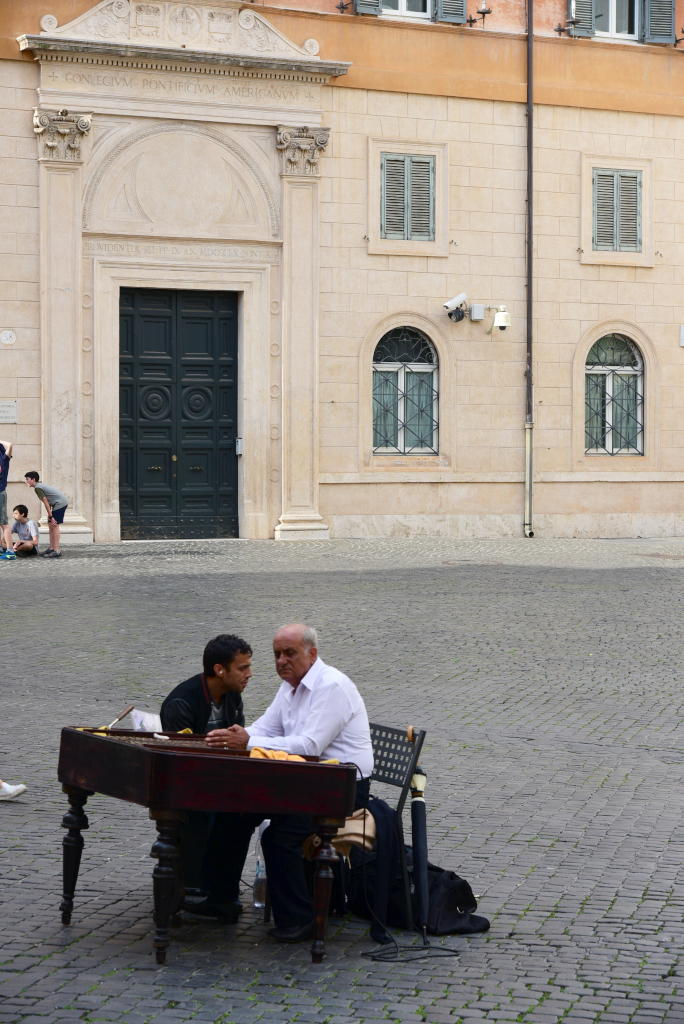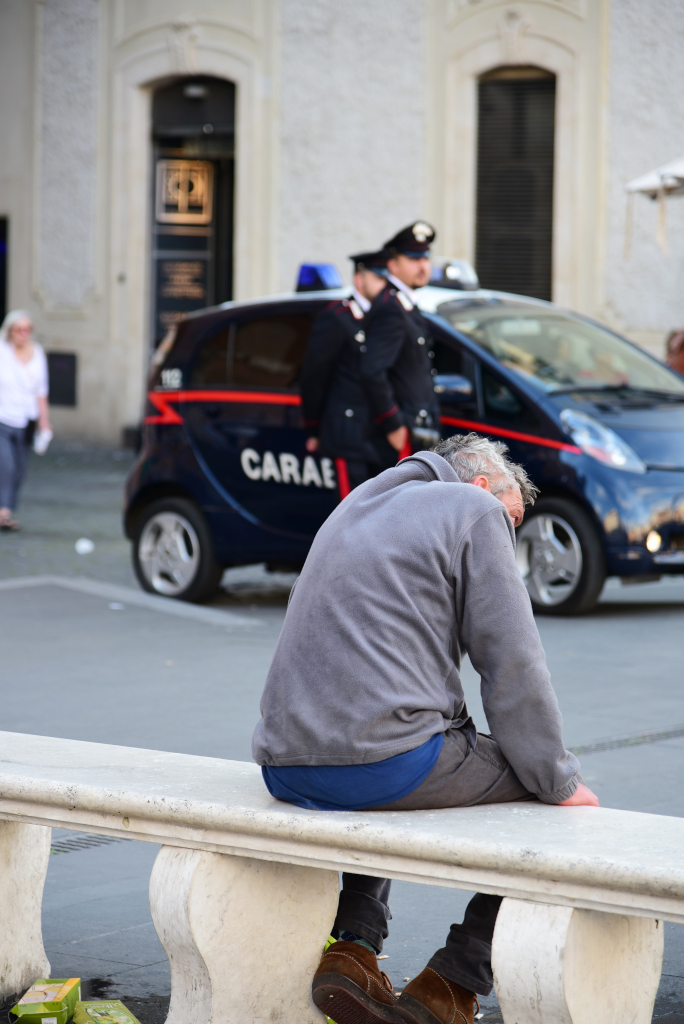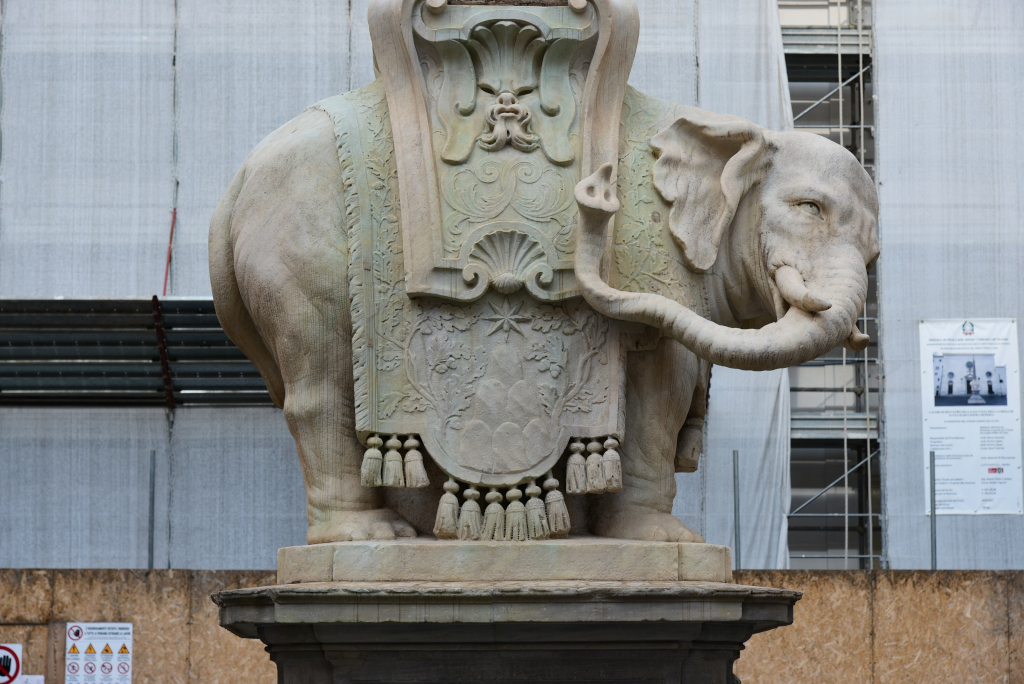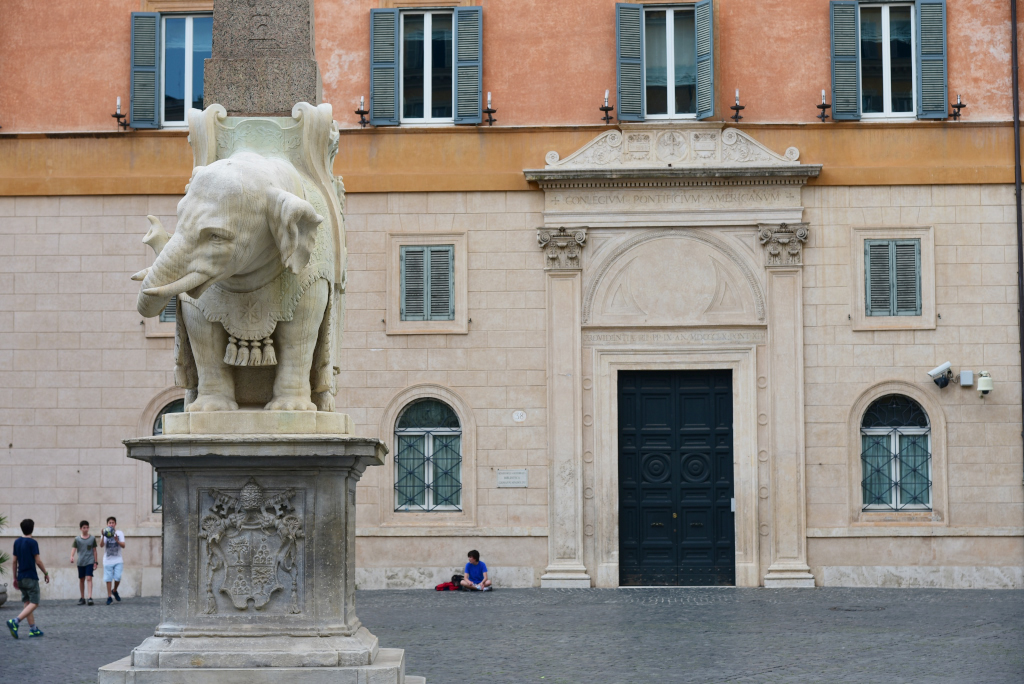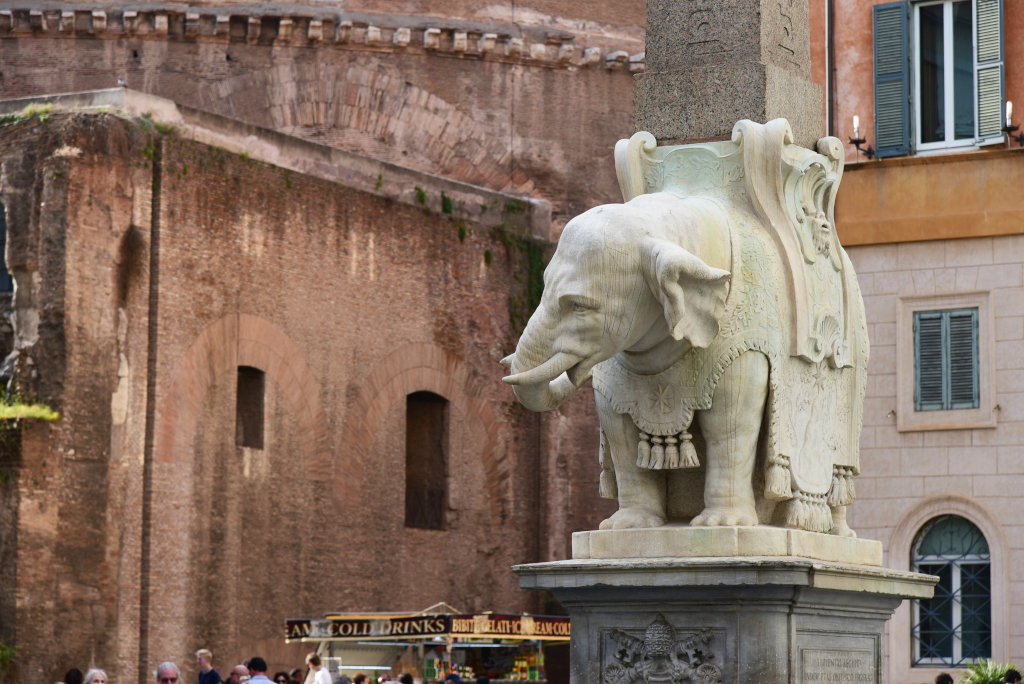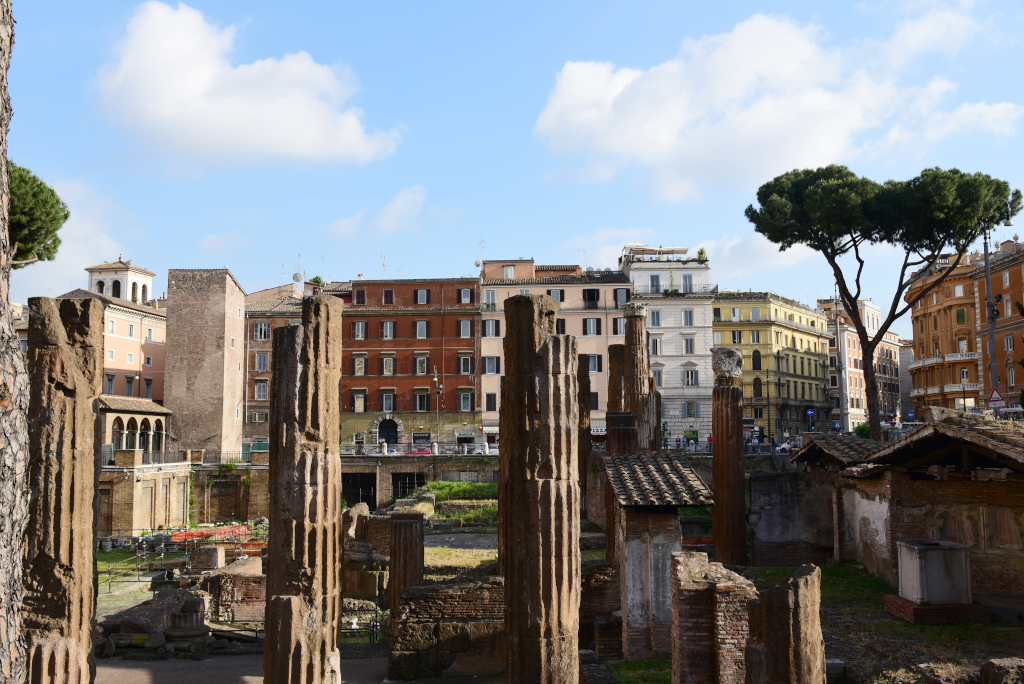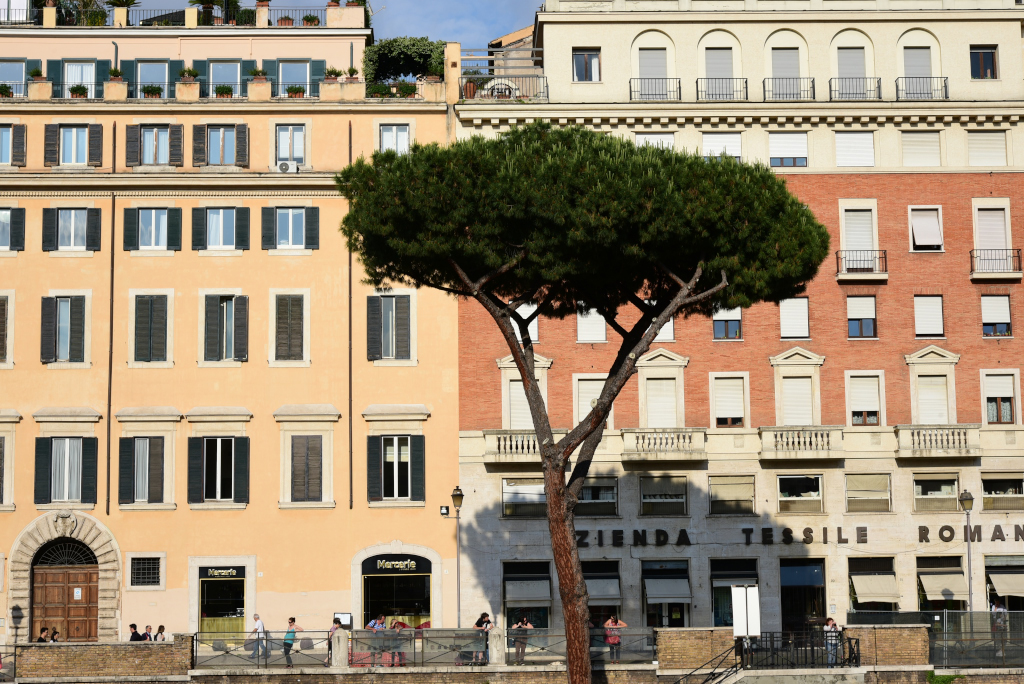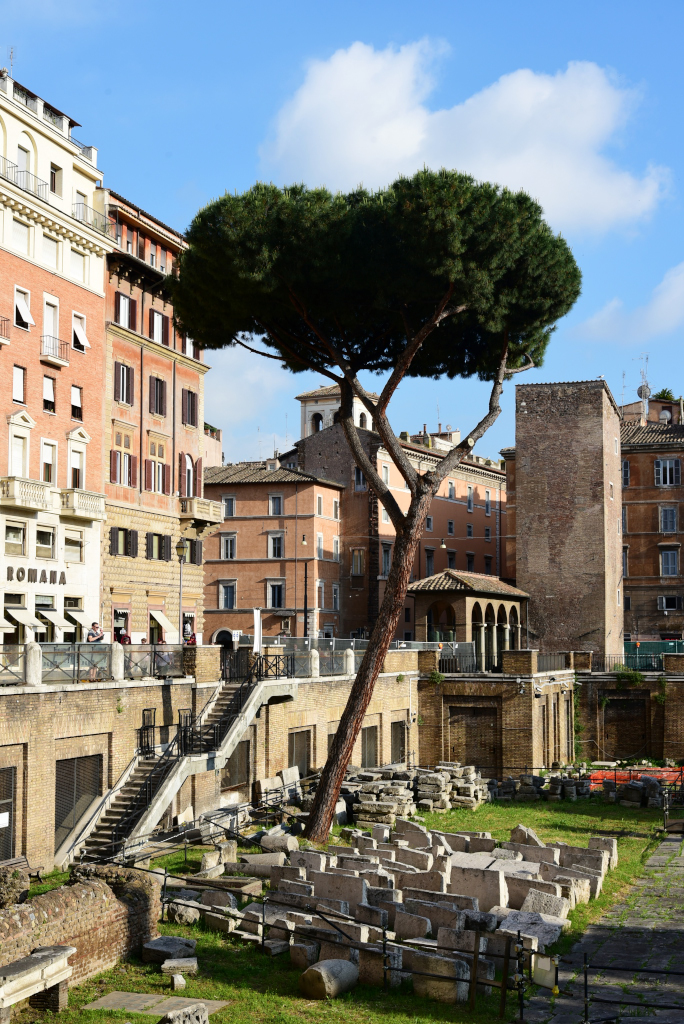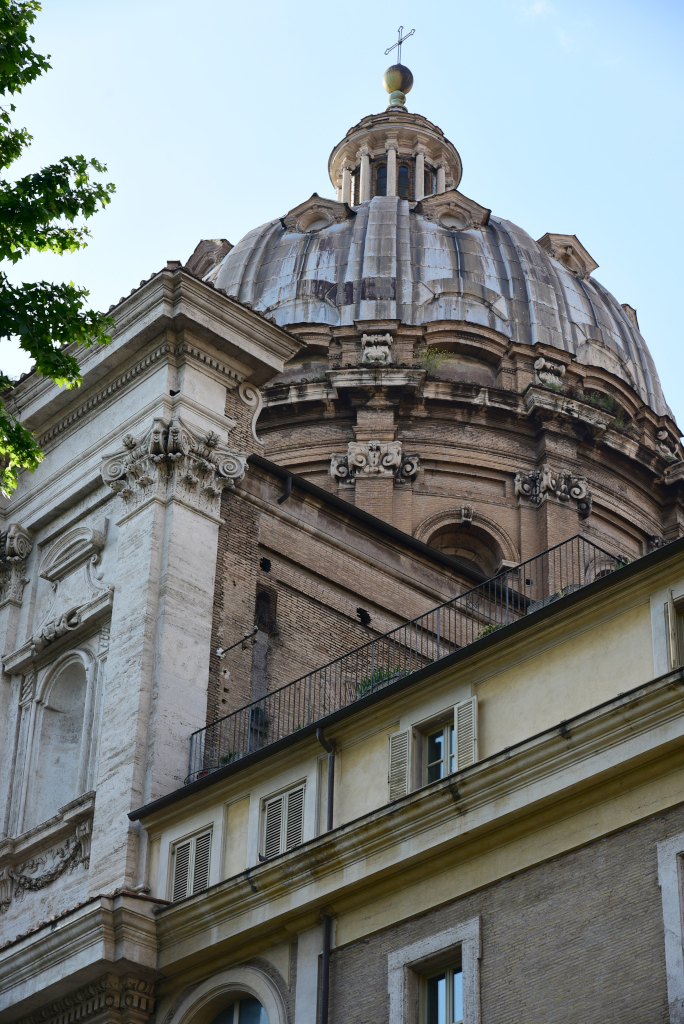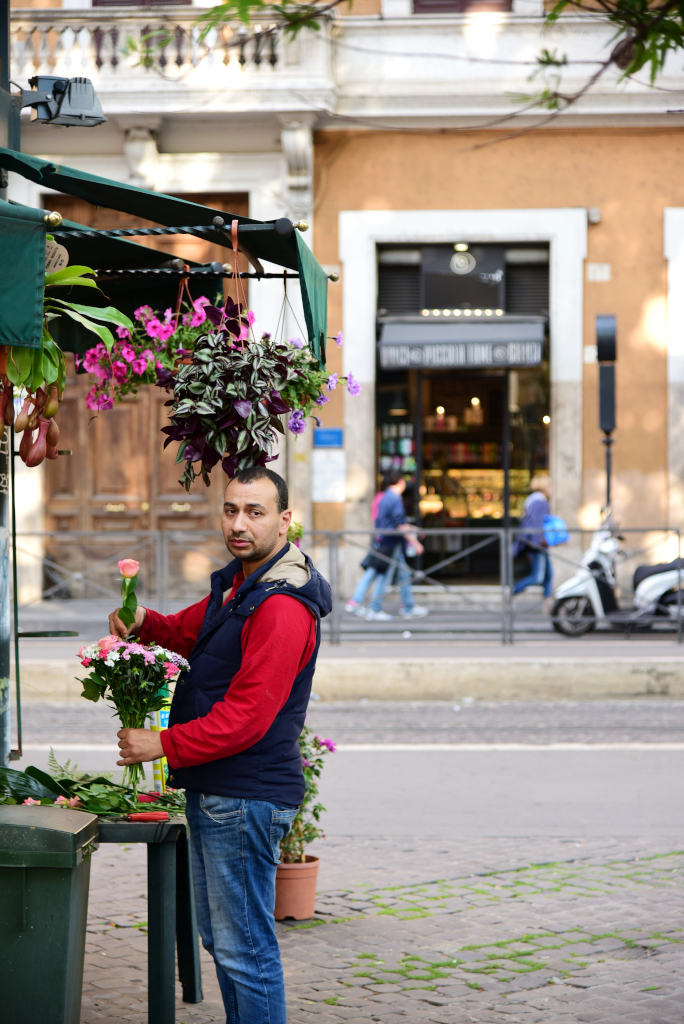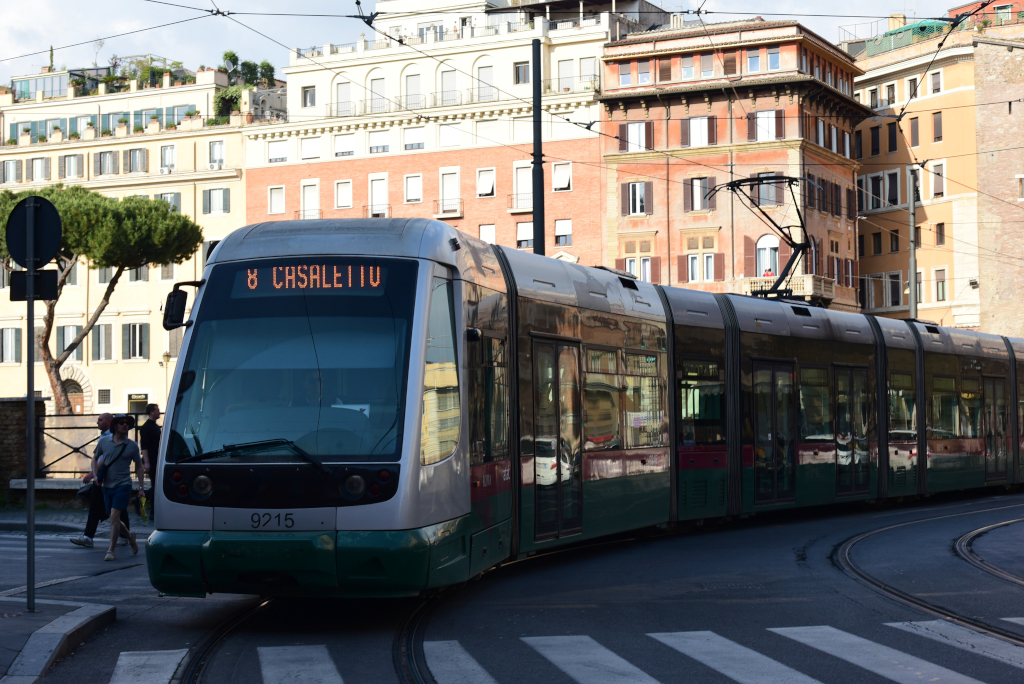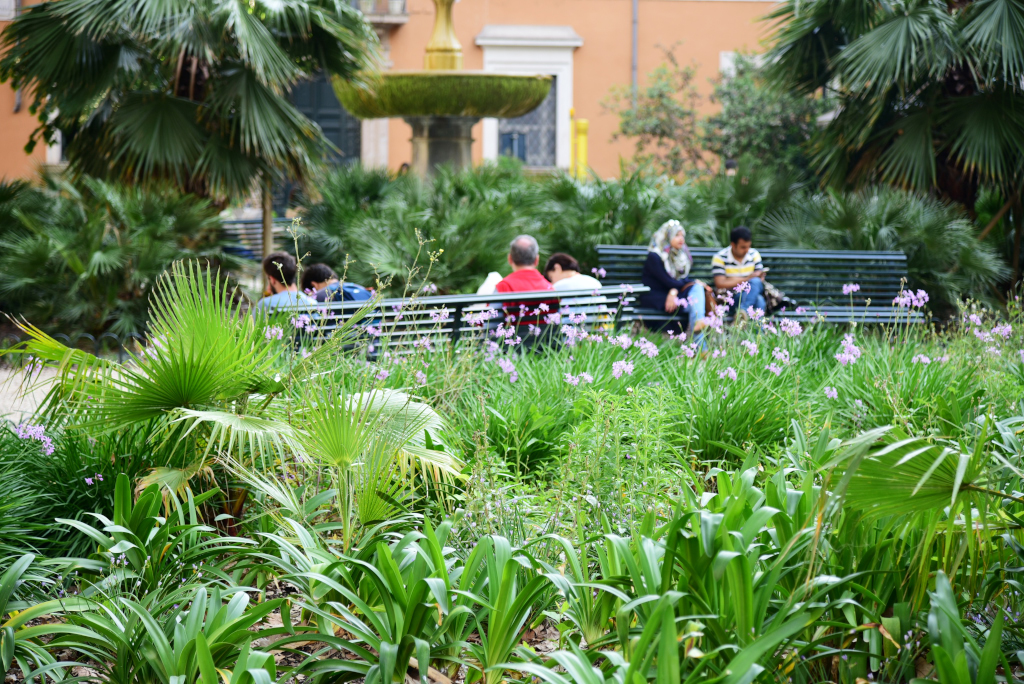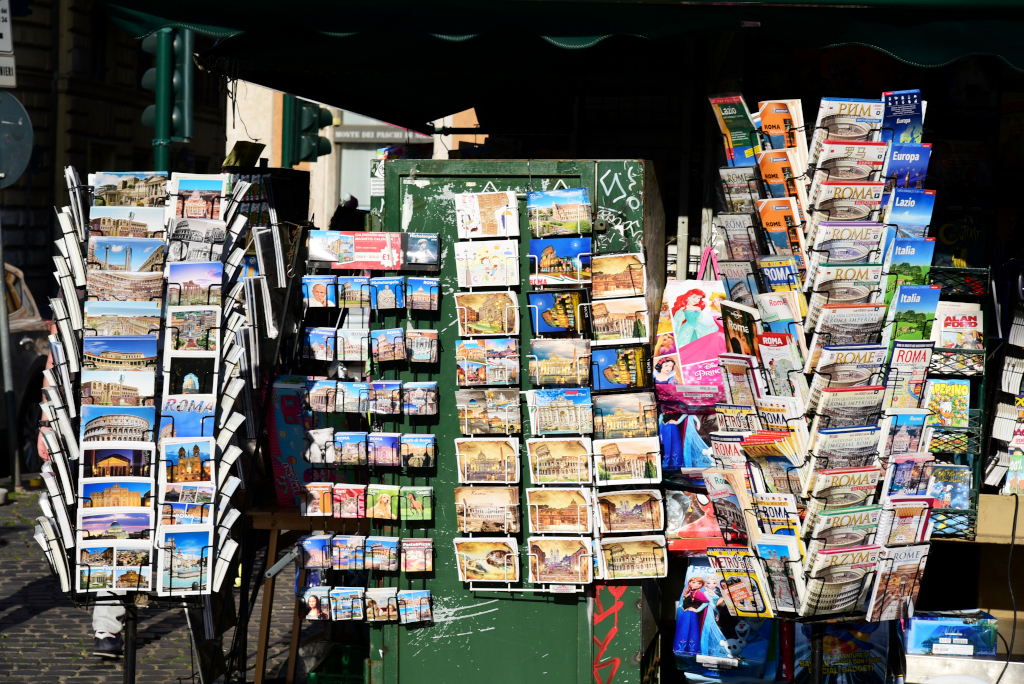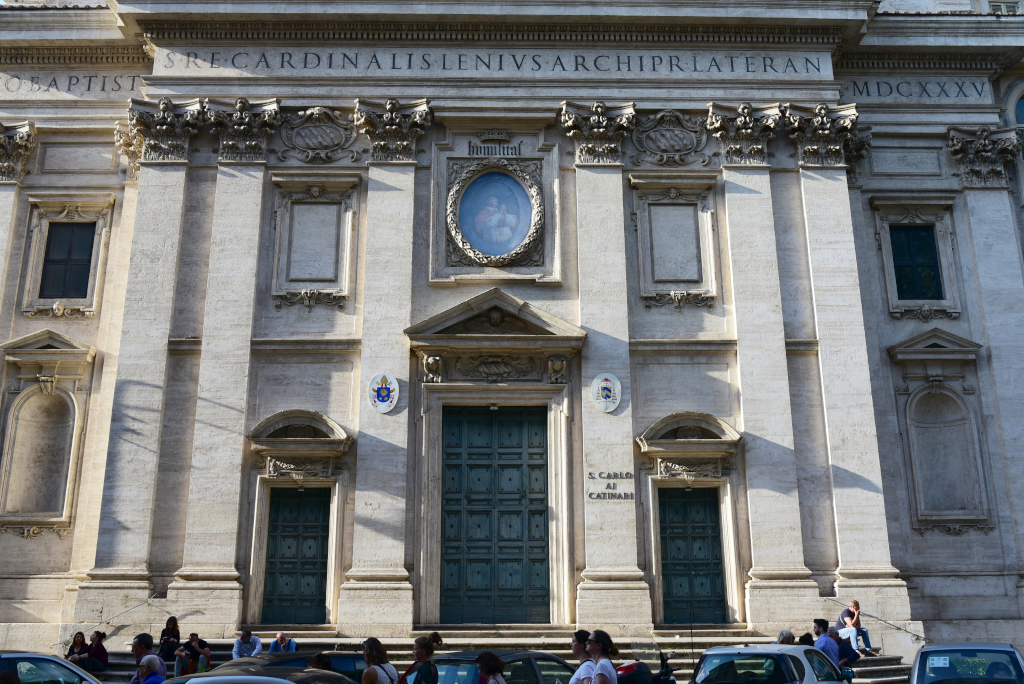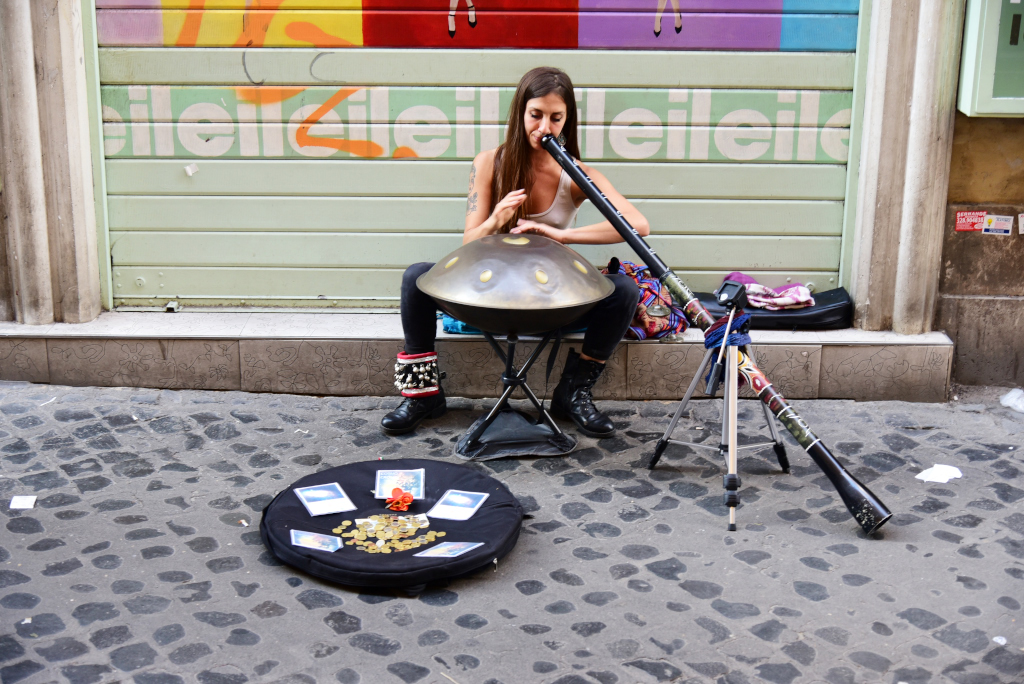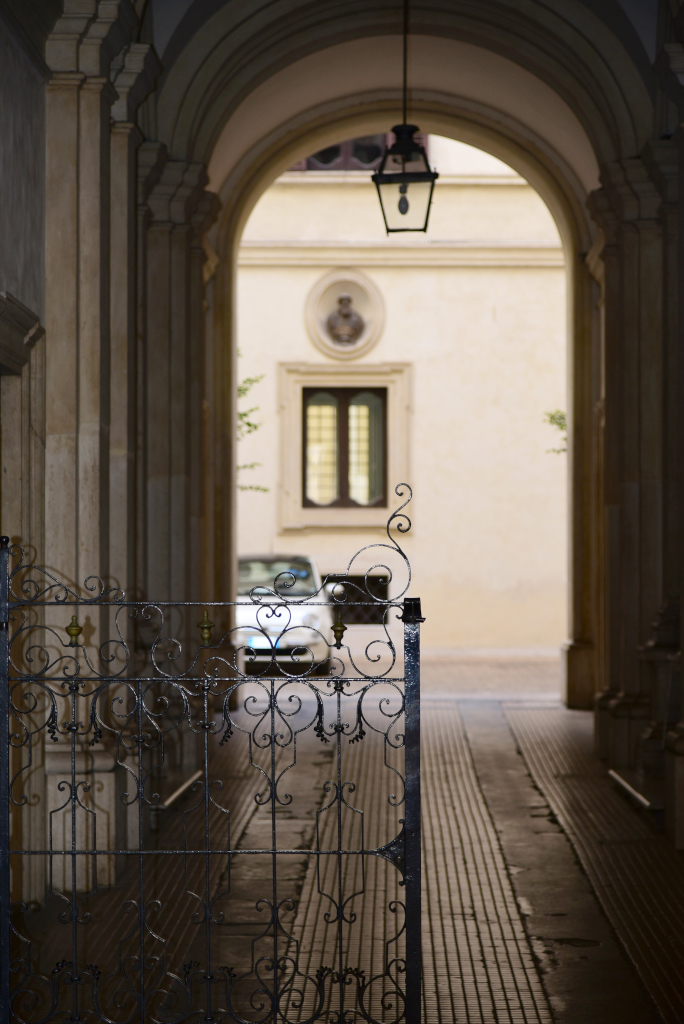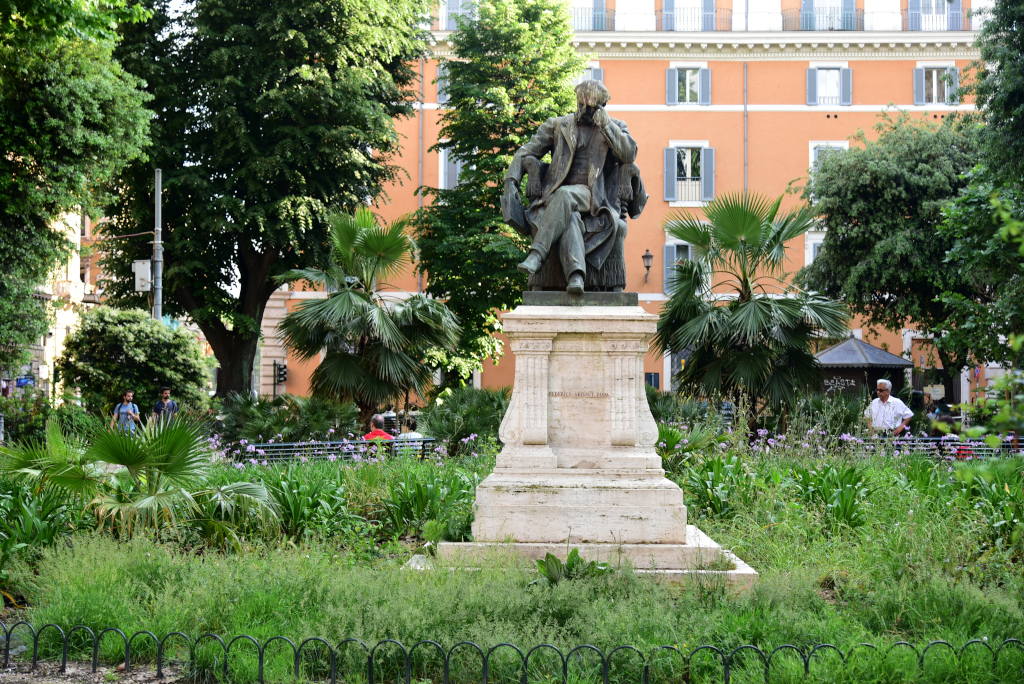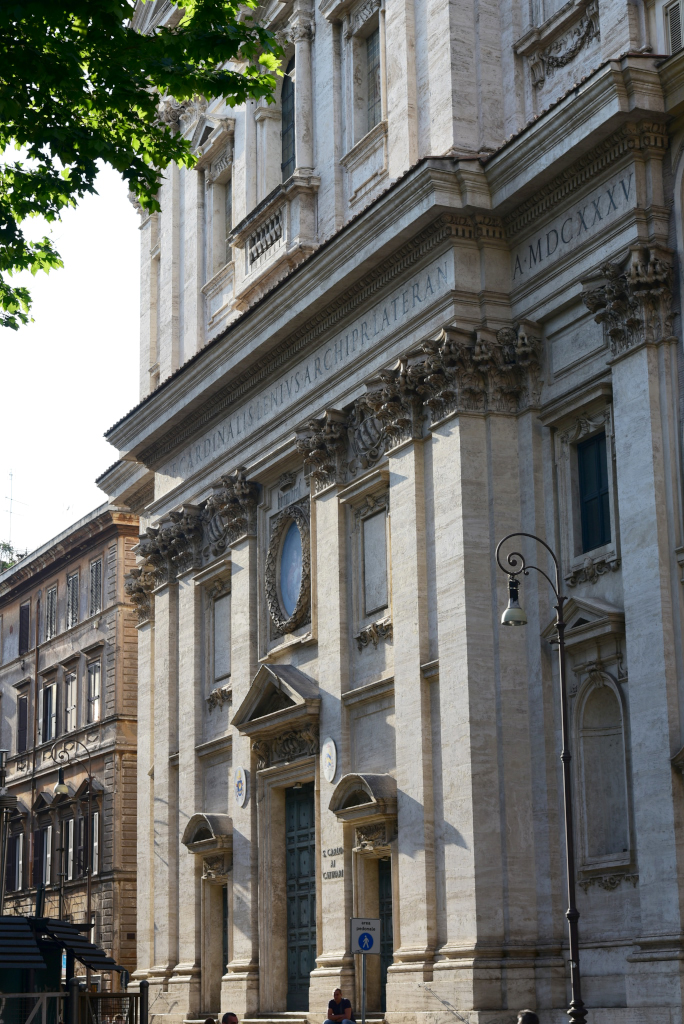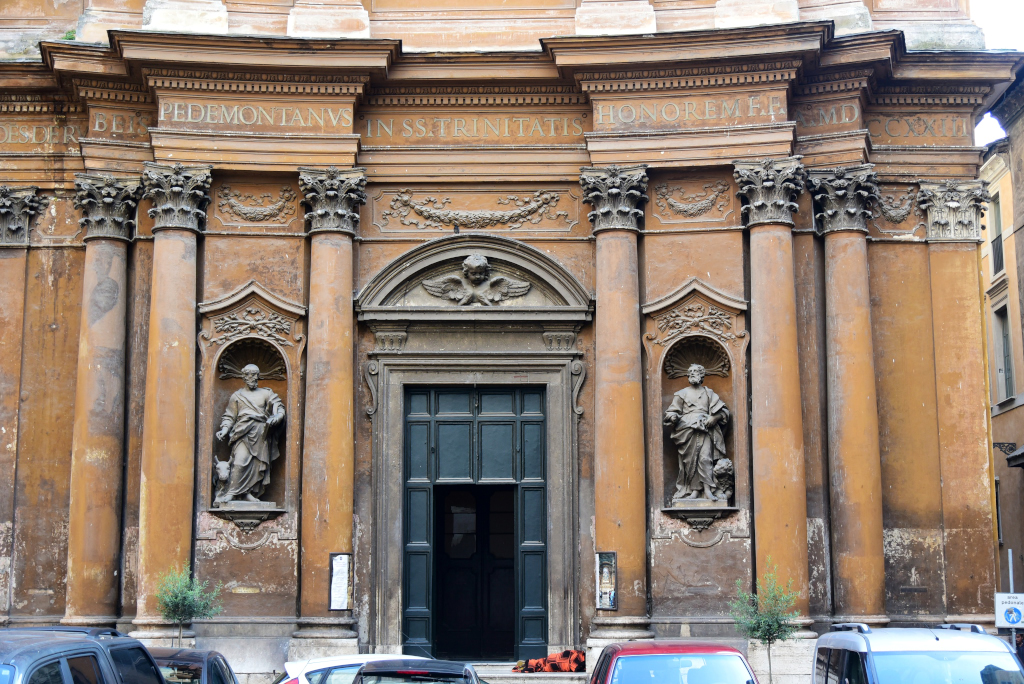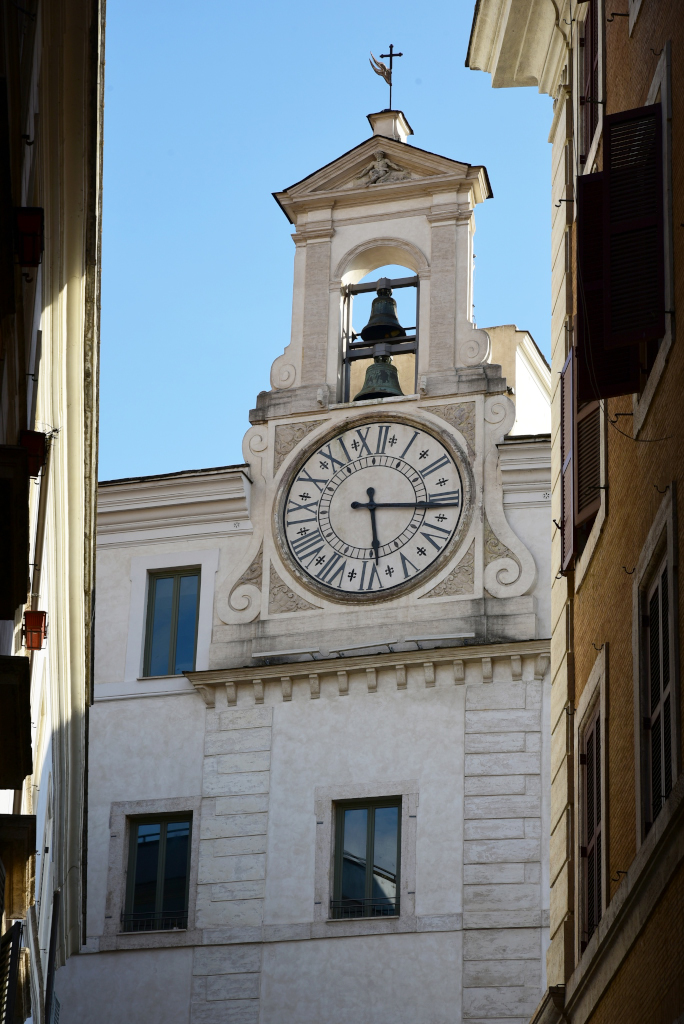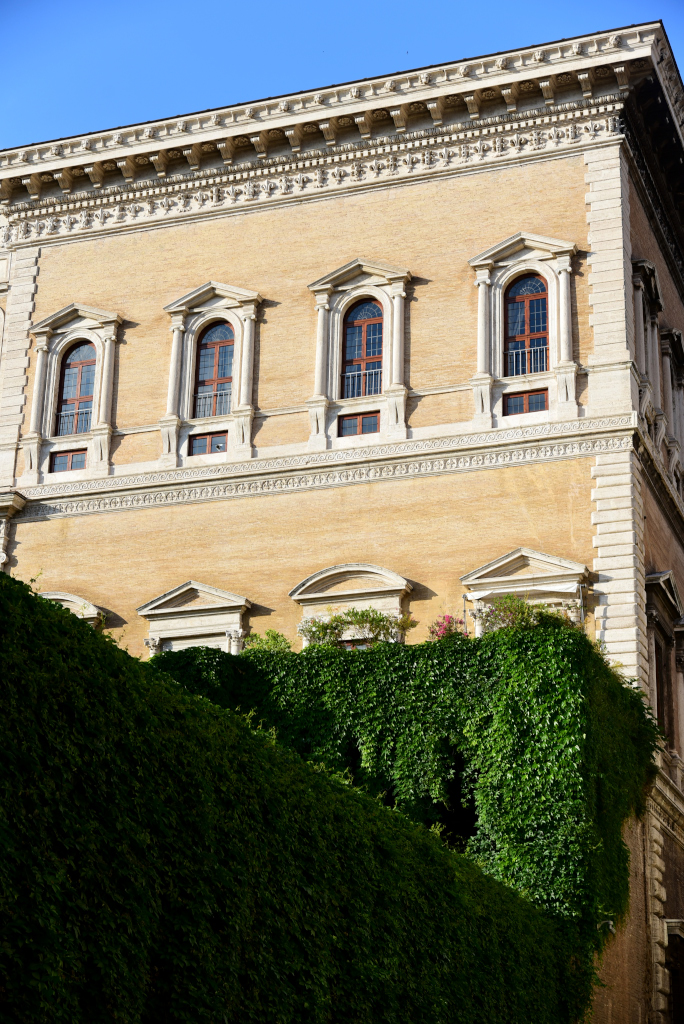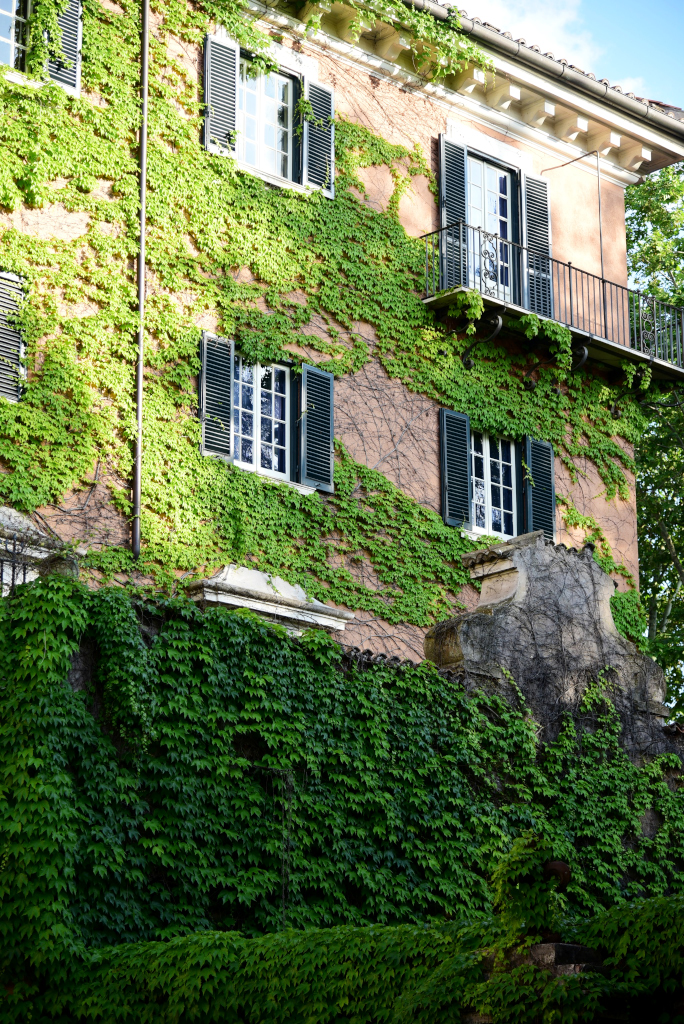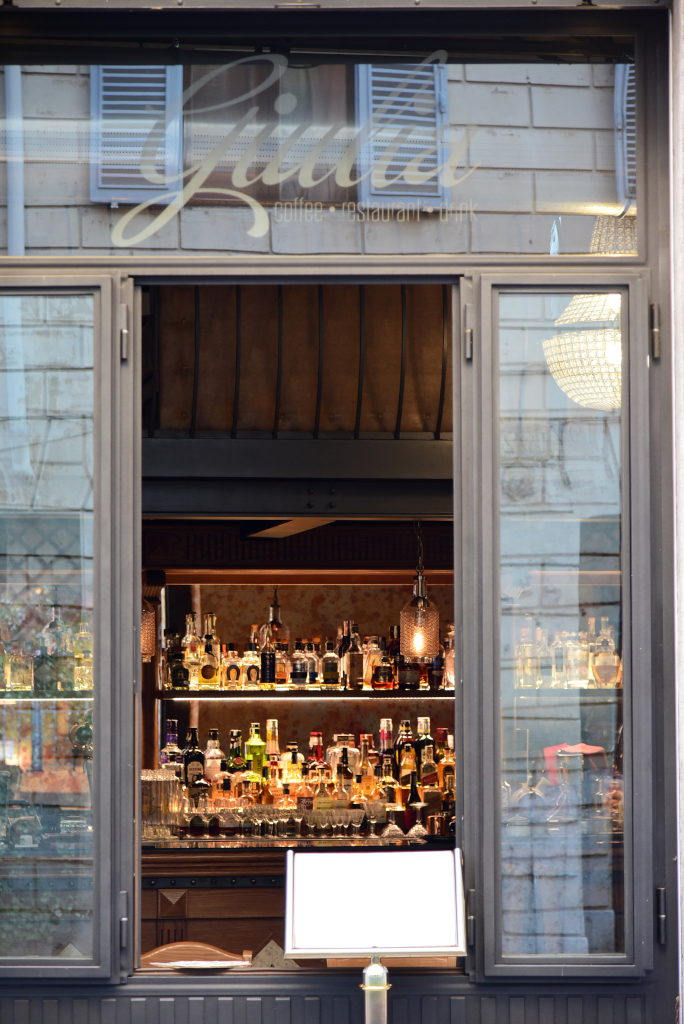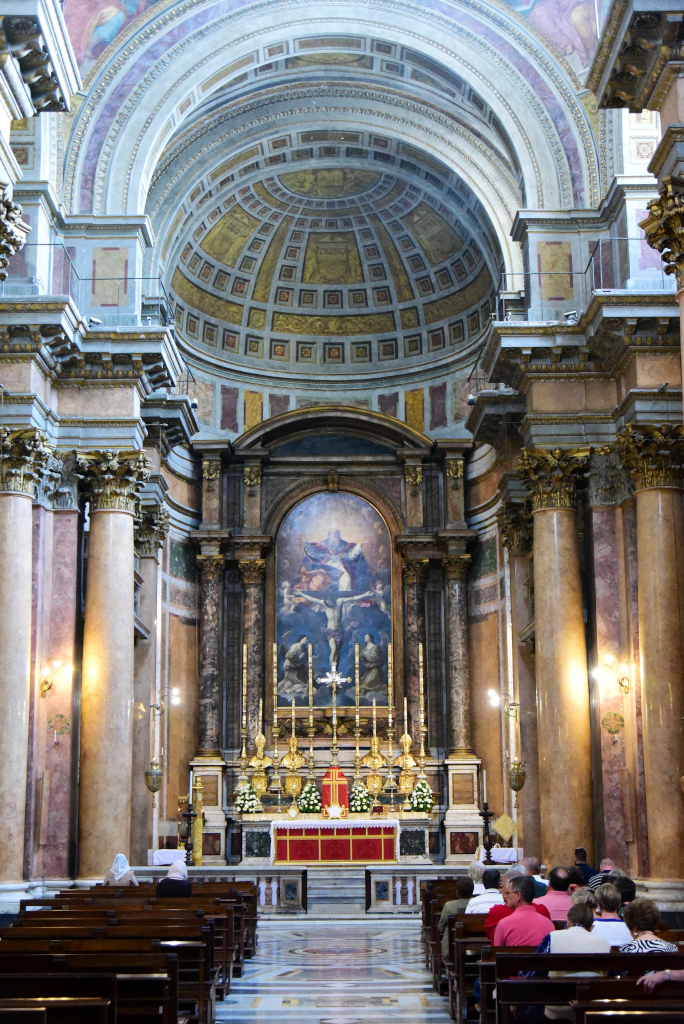May 12th, 2018
The MAXXI (Museo Nazionale delle Arti del XXI Secolo) is a museum of contemporary art and architecture located in the Flaminio district of Rome. The innovative space is wrapped in an ultra-modern envelope designed by Zaha Hadid.
The MAXXI consists of an art gallery, an architecture display space as well as an auditorium, library and media library. Adjoining the museum are a bookshop, cafeteria, and bar/restaurant, all very stylish as well.
The Piazza del Popolo is one of the most important squares of Rome, and takes its name not from the people (‘popolo’) but from poplars, from which the neighboring Santa Maria del Popolo took its name.
The square lies adjacent the former Porta Flaminia, the beginning of the Via Flaminia leading from Rome. Three roads lead in trident fashion past two Baroque churches into the centre of the city (Via del Corso, Babuino and Leonina). The Egyptian obelisk at the centre of the plaza is from the period of Sety I.
The mausoleum of Augustus was built in the Campo Marzio in 28 B.C. The ashes of numerous Roman emperors and dignitaries were stored at the mausoleum. In more recent times it has gone through various incarnations, and is being currently restored.
I continue my walk through the Campo Marzio and Colonna rioni of the Centro Storico.
One of the most reknowned attractions in Rome, the Pantheon was originally a temple commissioned by Marcus Agrippa under the reign of Augustus, then later repurposed as a church.
The characteristic shape of the Pantheon is created by the circular stone structure fronted by the columned portico in front. The ceiling of the is coffered, apparently still the world’s largest unreinforced cement dome some two millennia after it was built.
Rome’s Trevi rione assumes a longish shape, stretching from Piazza Venezia to to the southwest, the Diocletian baths just to the east of the northeast corner, Piazza Barberini on the north side of the eastern tip, the Quirinale presidential palace on the central southern border, and in the dead centre, the Fontana di Trevi, one of the biggest tourist attractions in the city.
The Trevi fountain is the largest Baroque fountain in Rome and probably one of the most famous fountains in the world. The design of the fountain was commissioned by Pope Urban the VII. The fountain was completed by a number of different artists using mostly Travertine stone from the vicinity of Rome, and was finally finished a century and a half later, in the mid 18th century.
Pigna is Rome’s 9th rione, and a very small one at that. It is bordered in the northwestern corner by the Pantheon, Piazza Venezia to the southeast. The rione was named after a large bronze pine cone on a fountain next to a temple of Isis in the area.
The Piazza della Minerva centres upon a statue of an elephant created by Bernini in 1667, supporting an ancient obelisk. The square is named after a temple built originally to Minerva.
The Largo di Torre Argentina centres on an excavated site on which four temples were located in the time of Republican Rome, in addition to Pompey’s theatre, where Julius Caesar was allegedly murdered.
The day’s journey through Rome’s Centro Storico ends with a walk along the elegant Via Giulia, a focal point of the city during the Renaissance, and to this day a highly desirable address.

